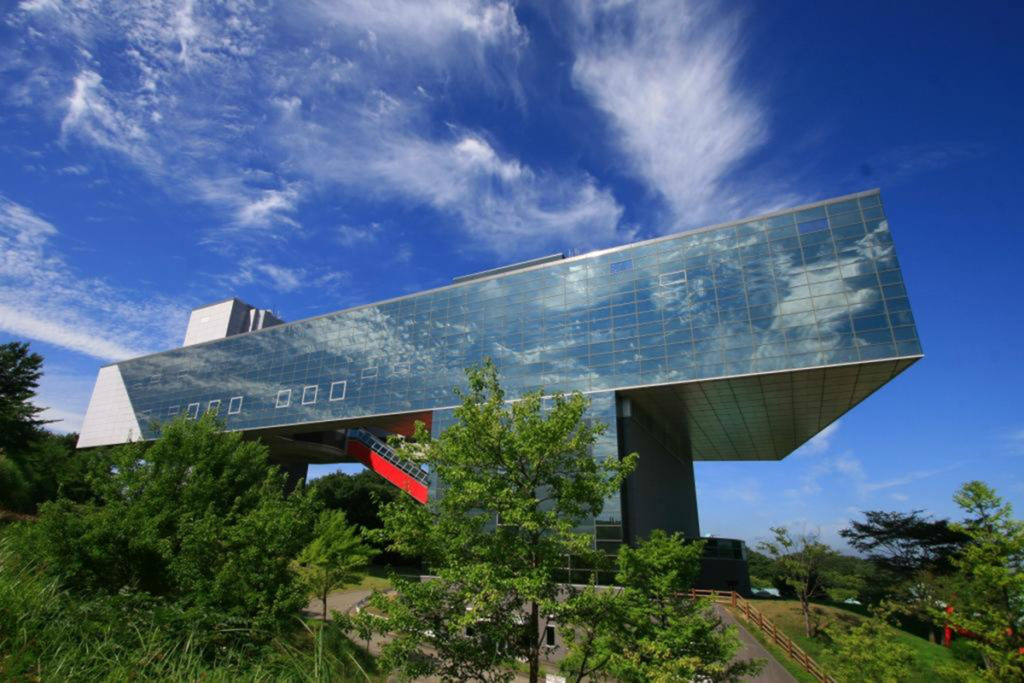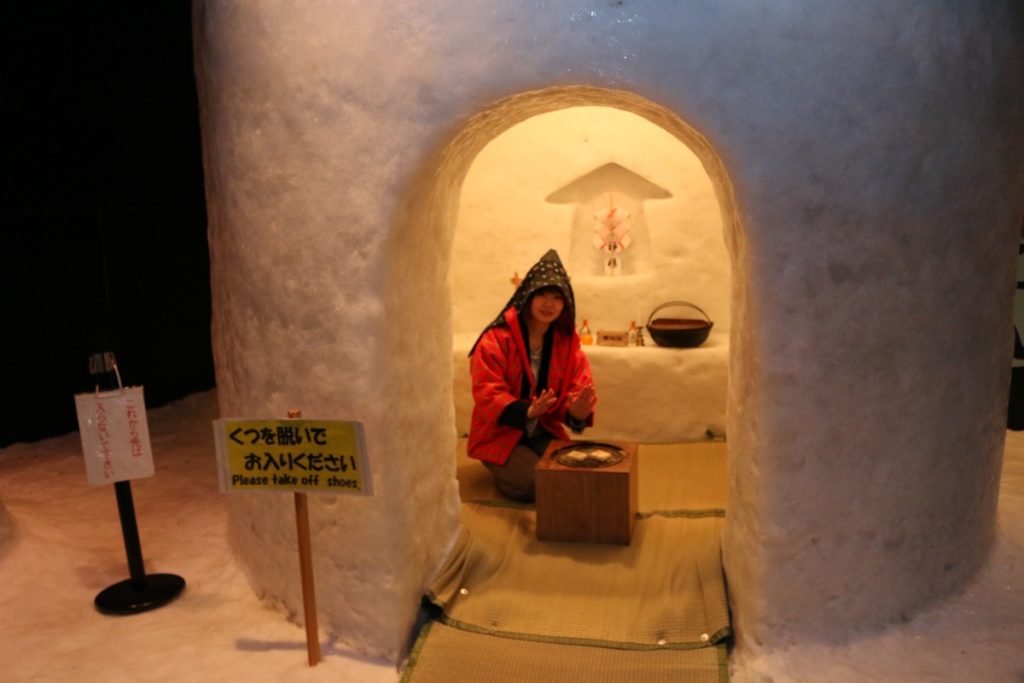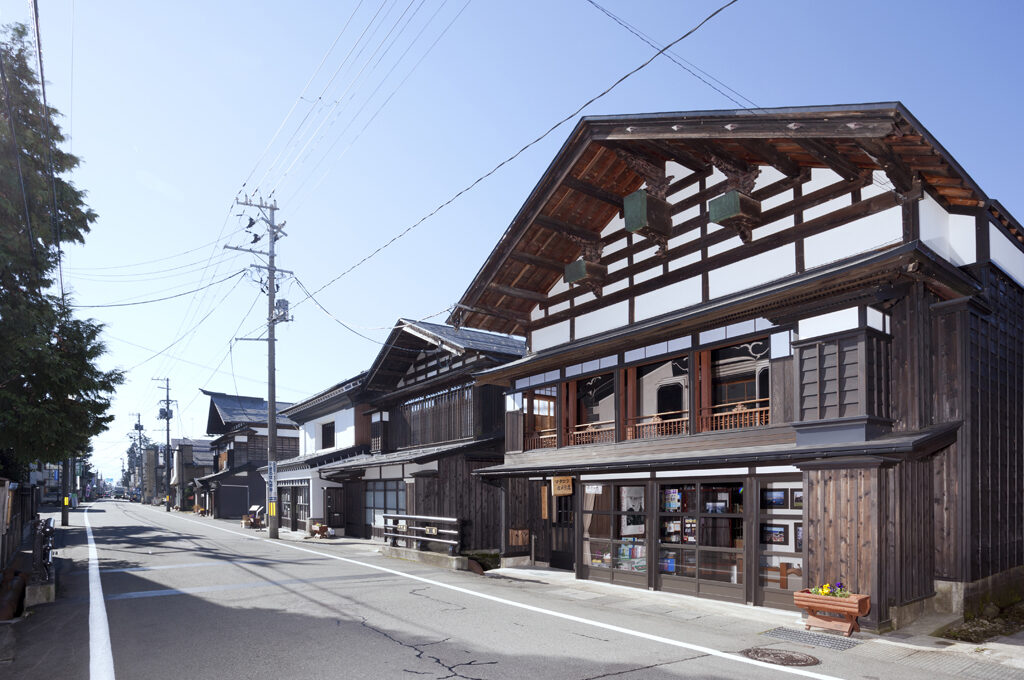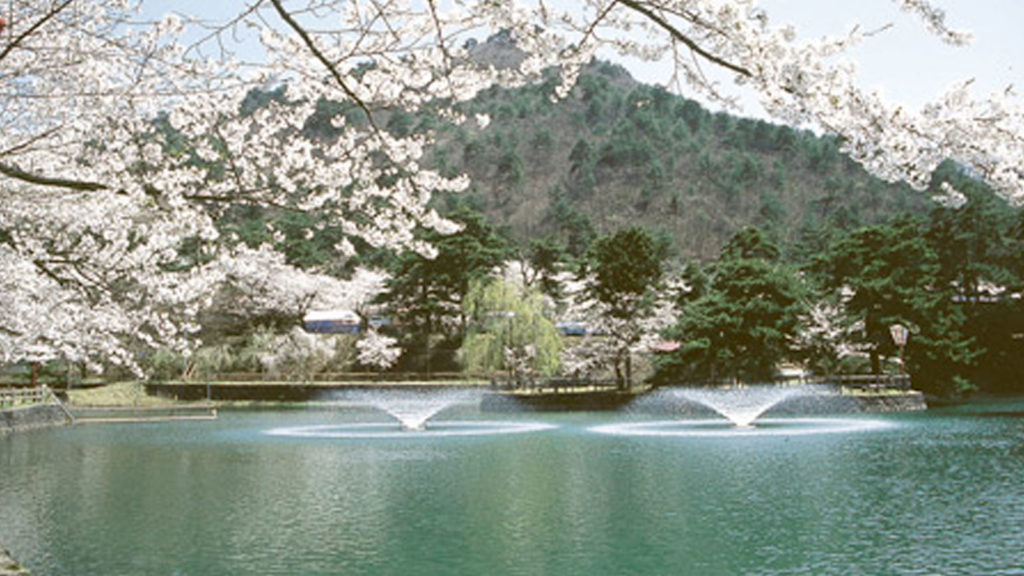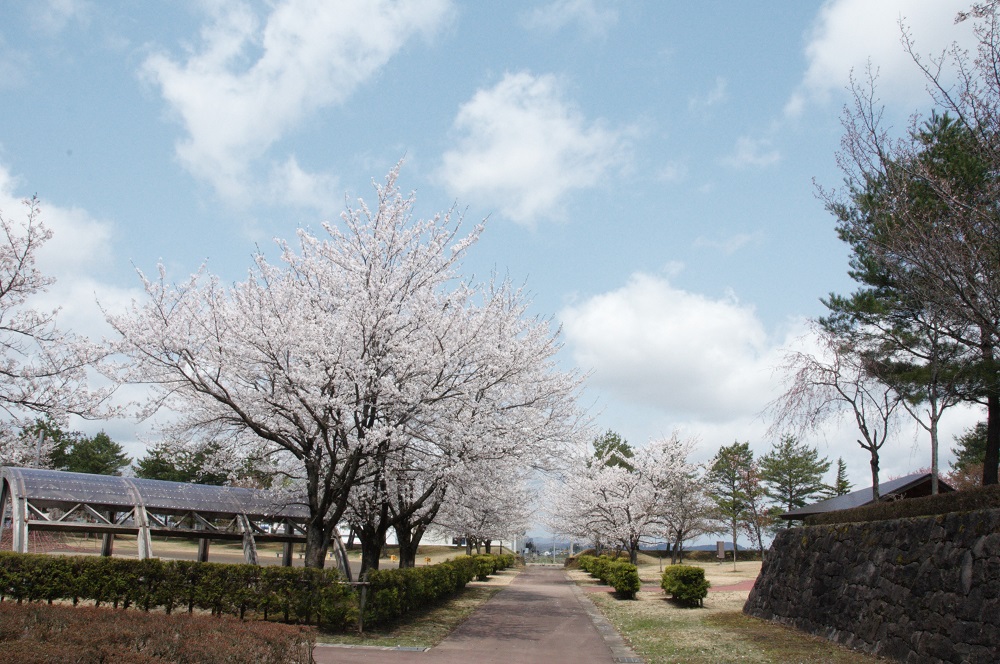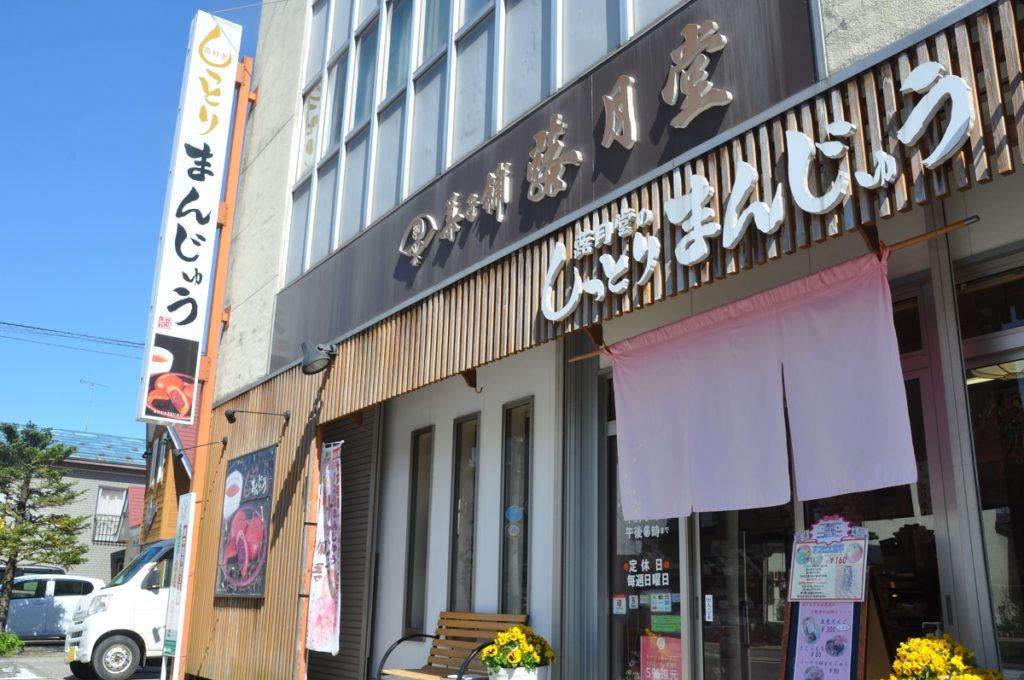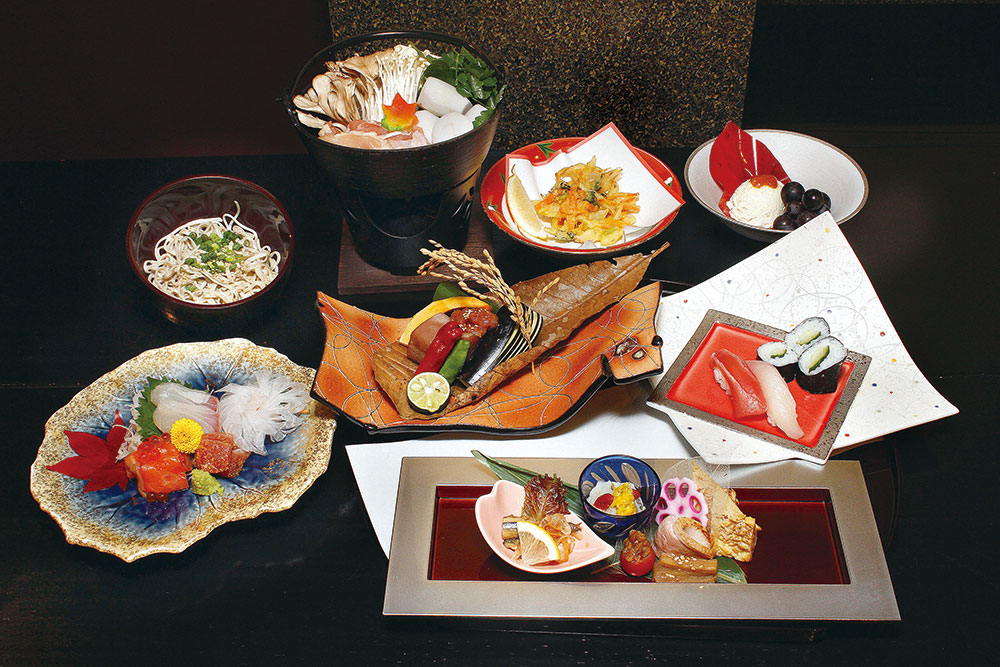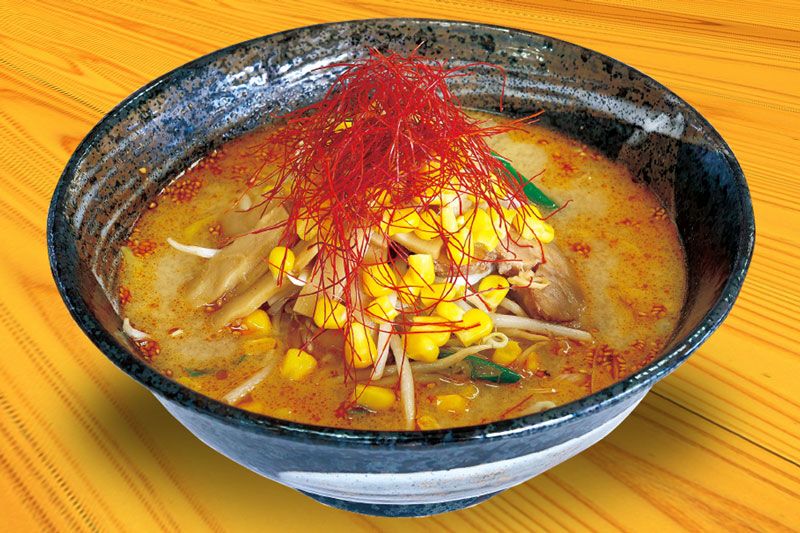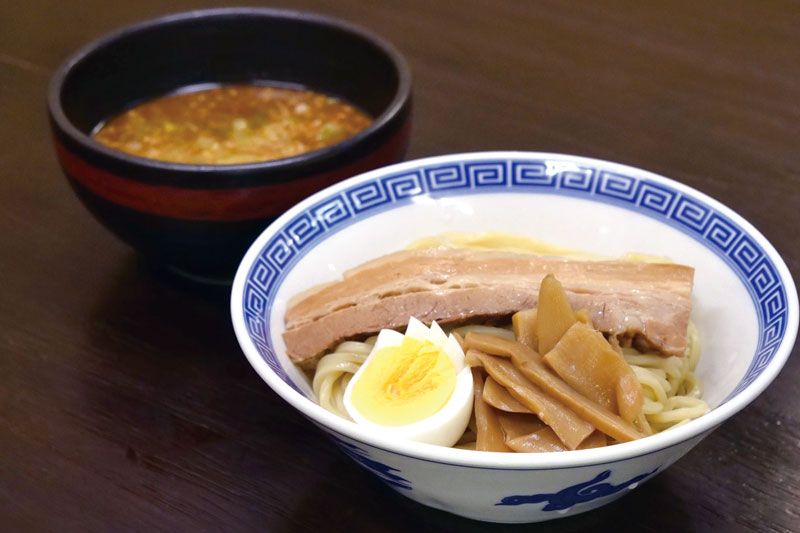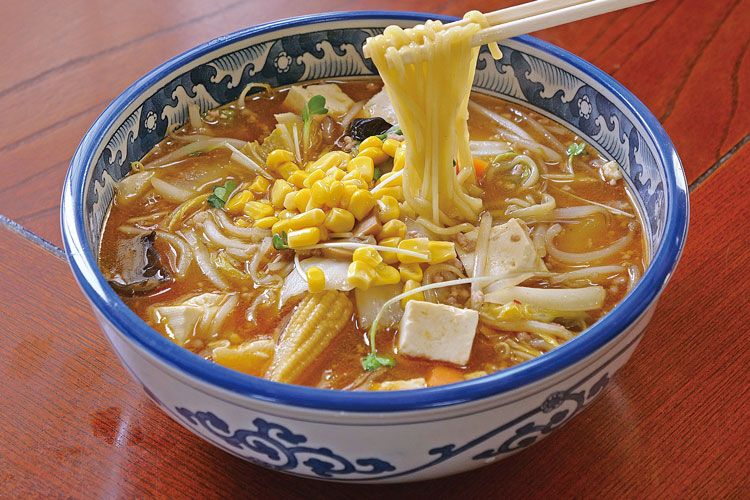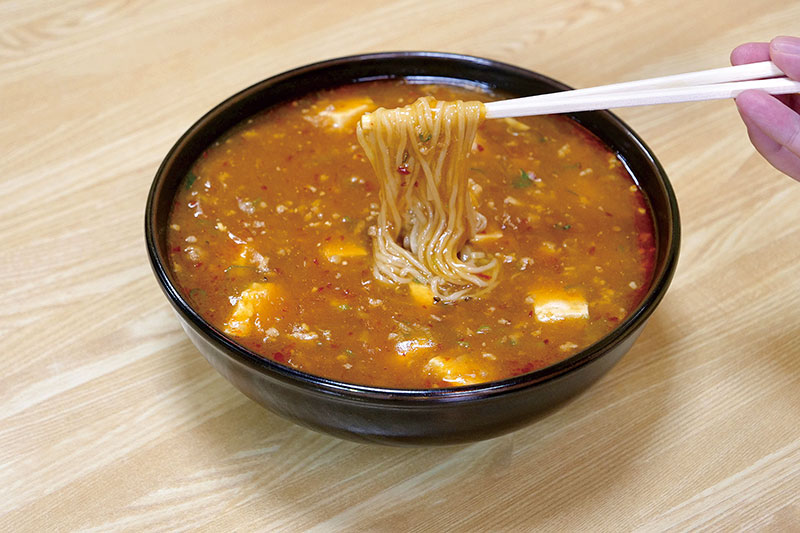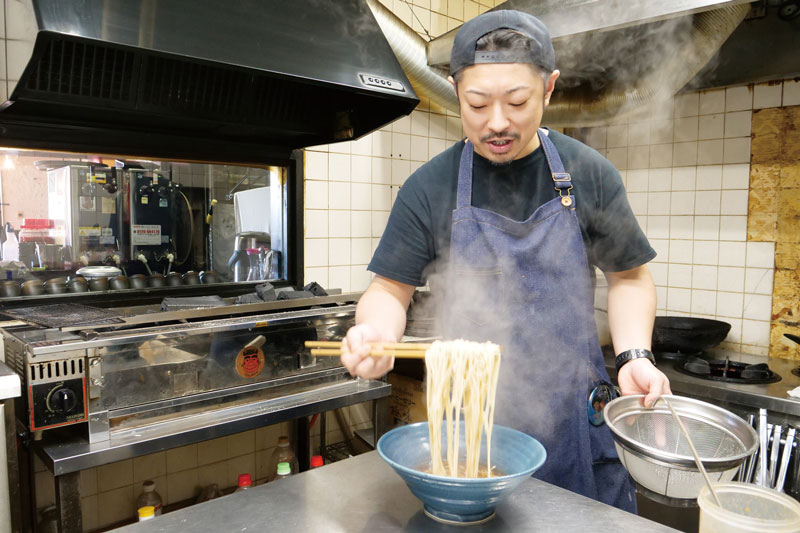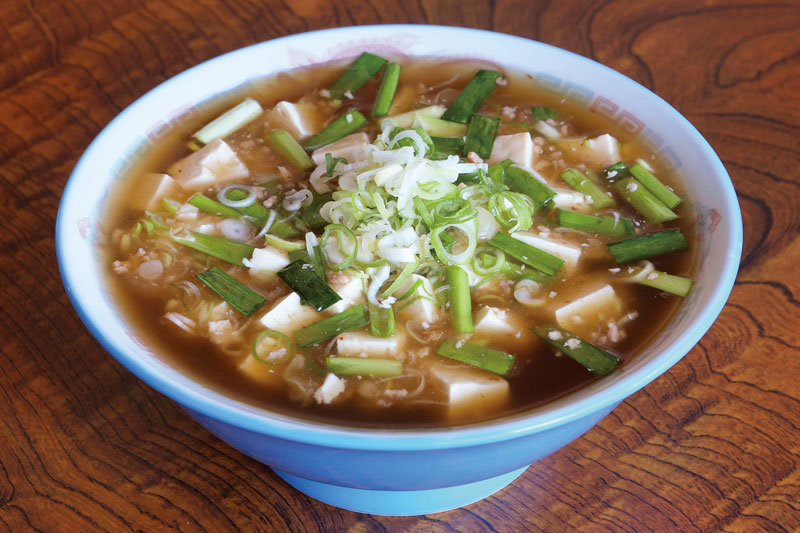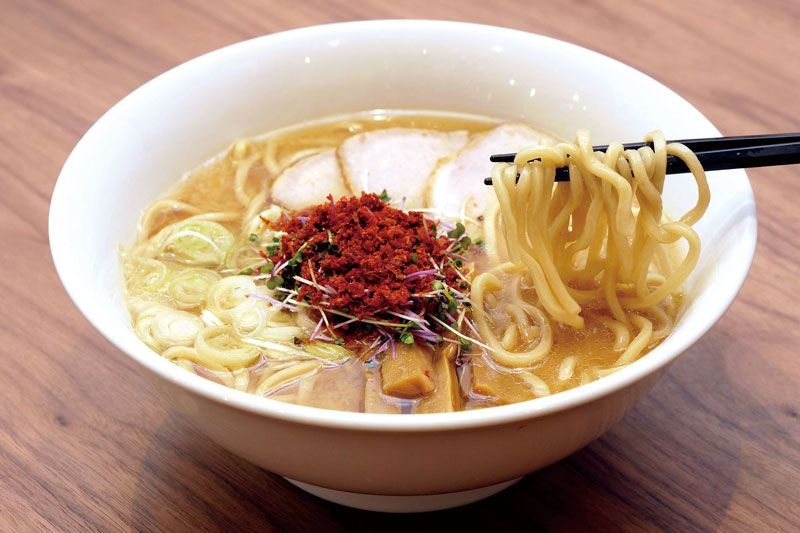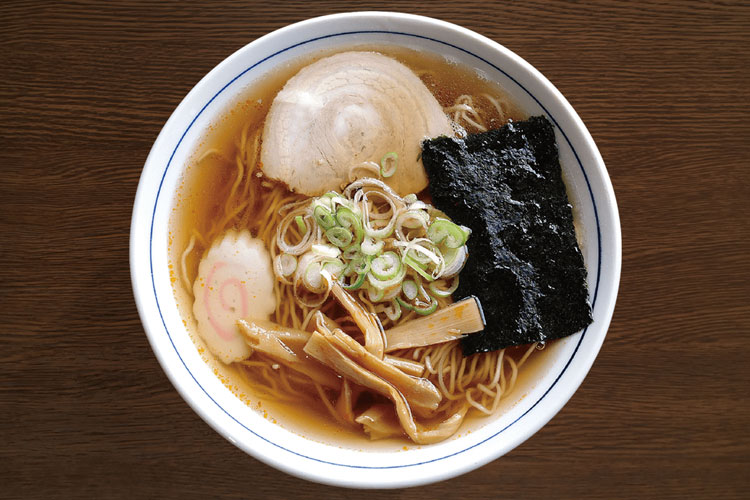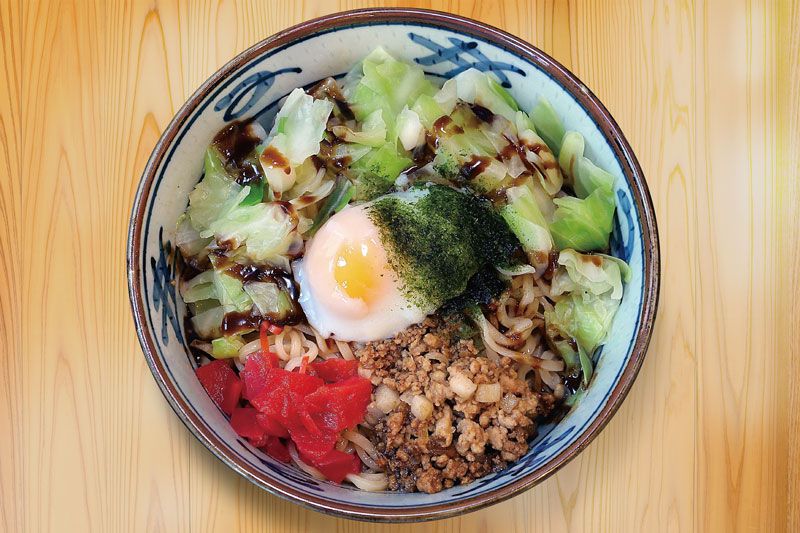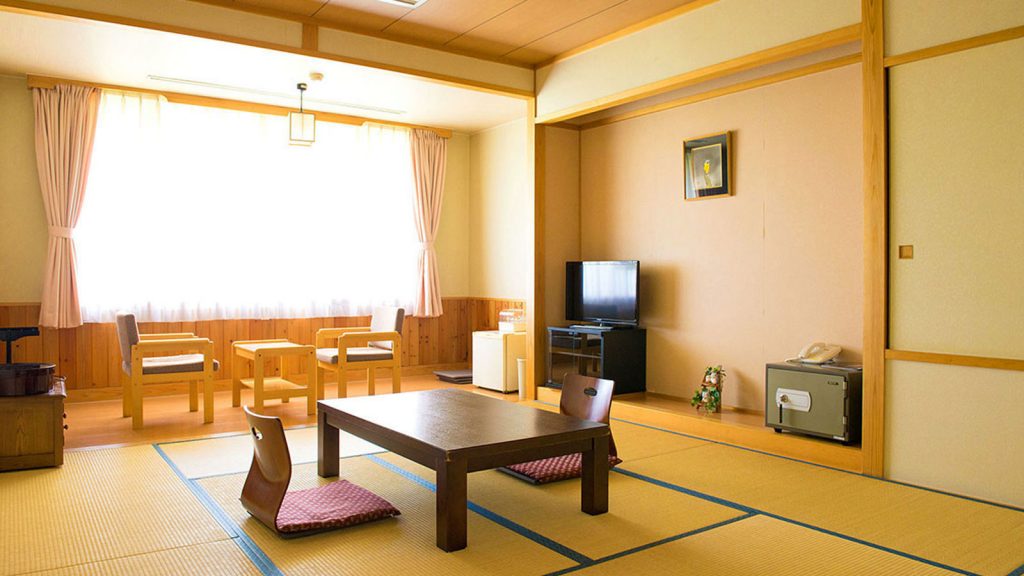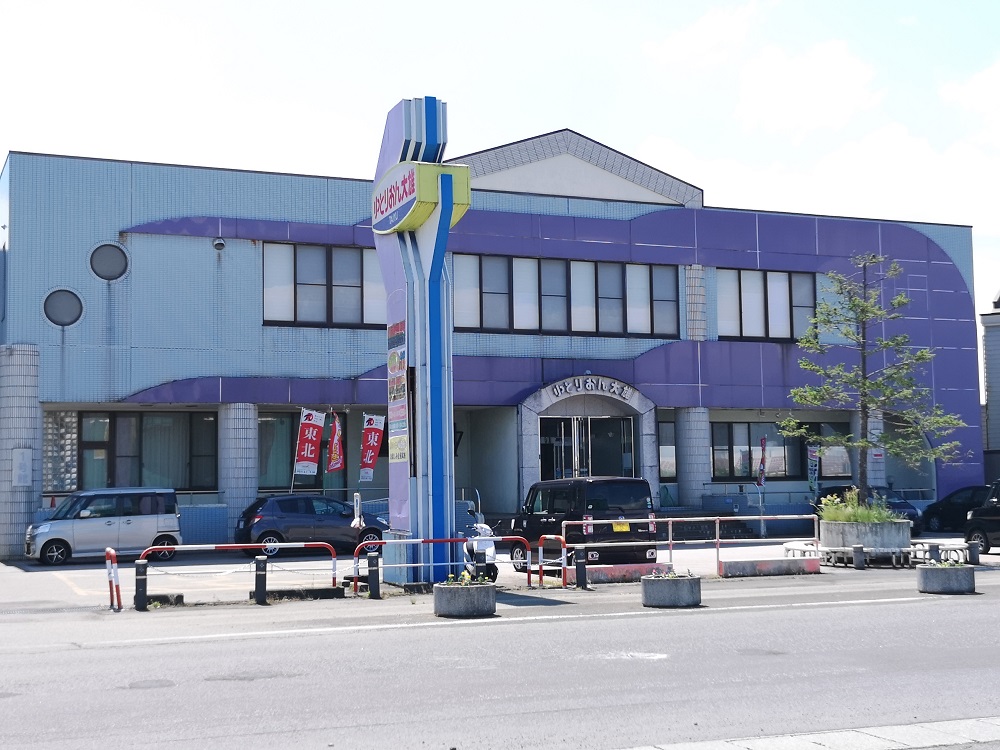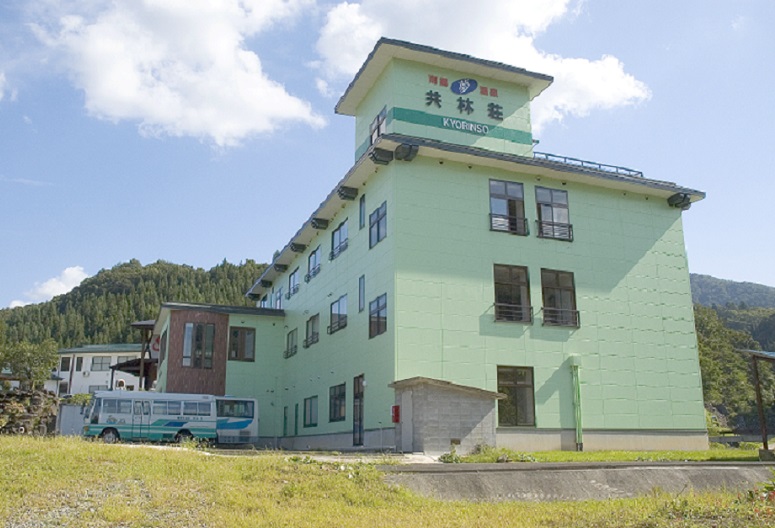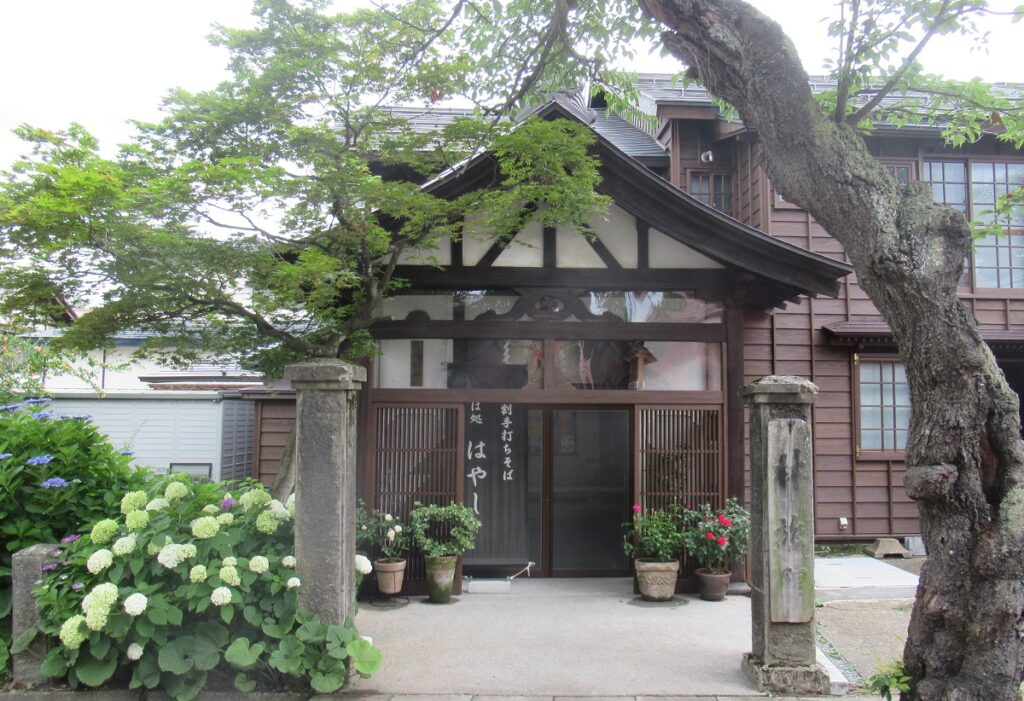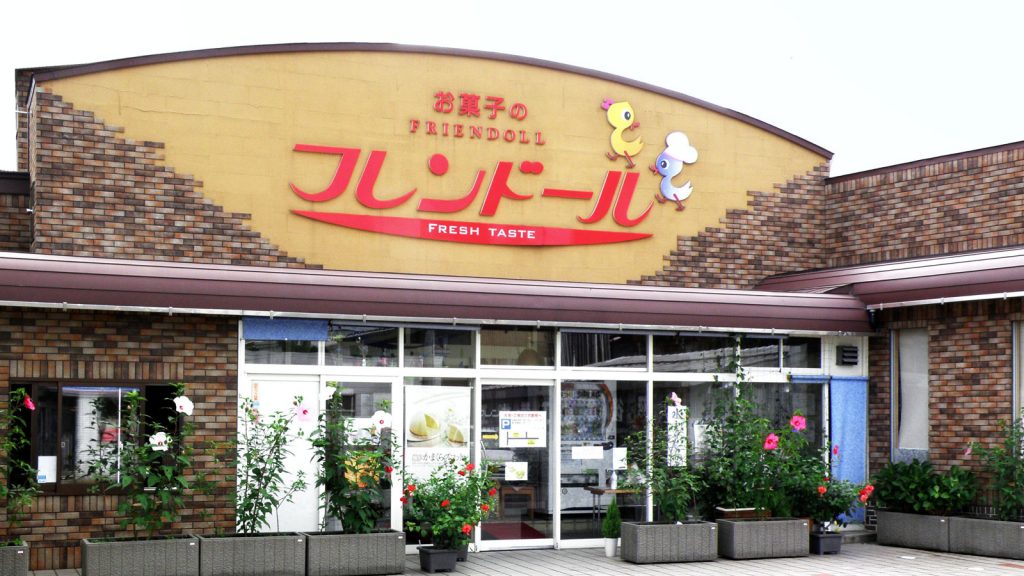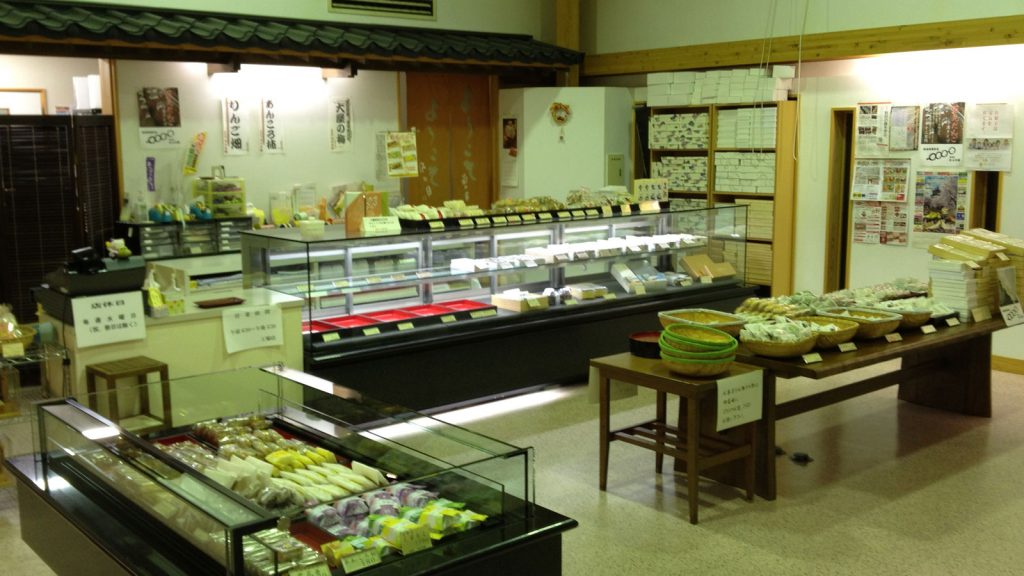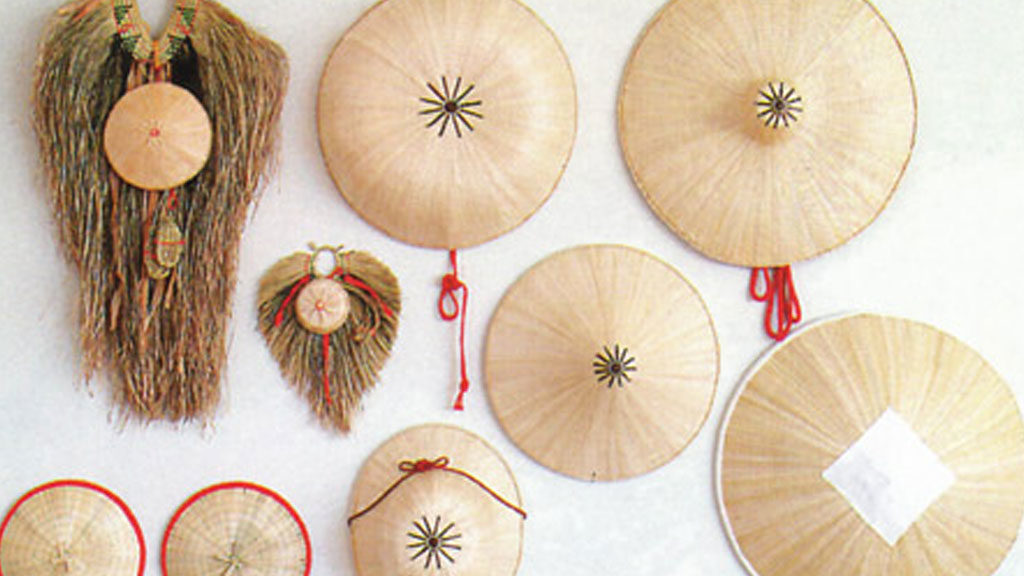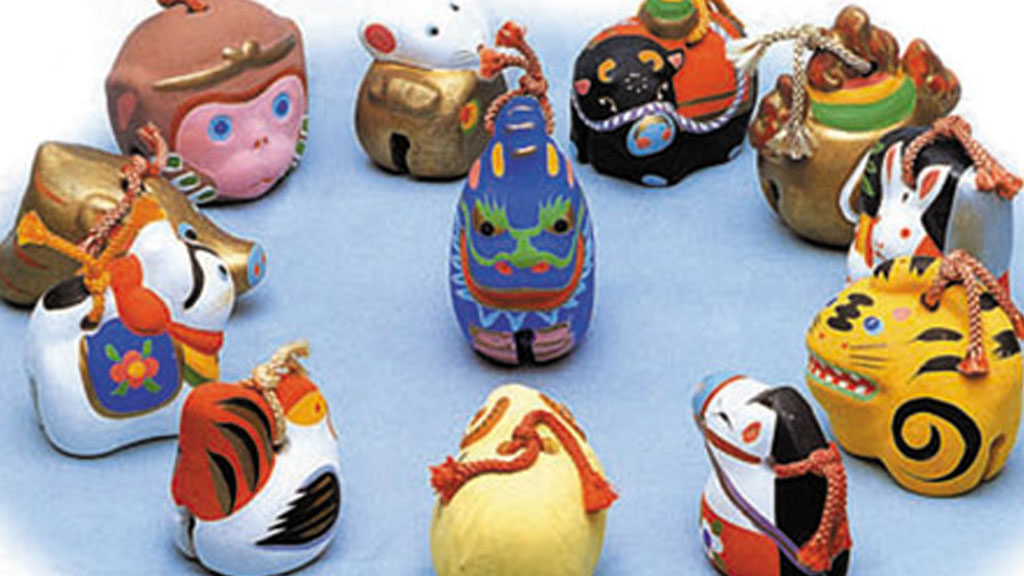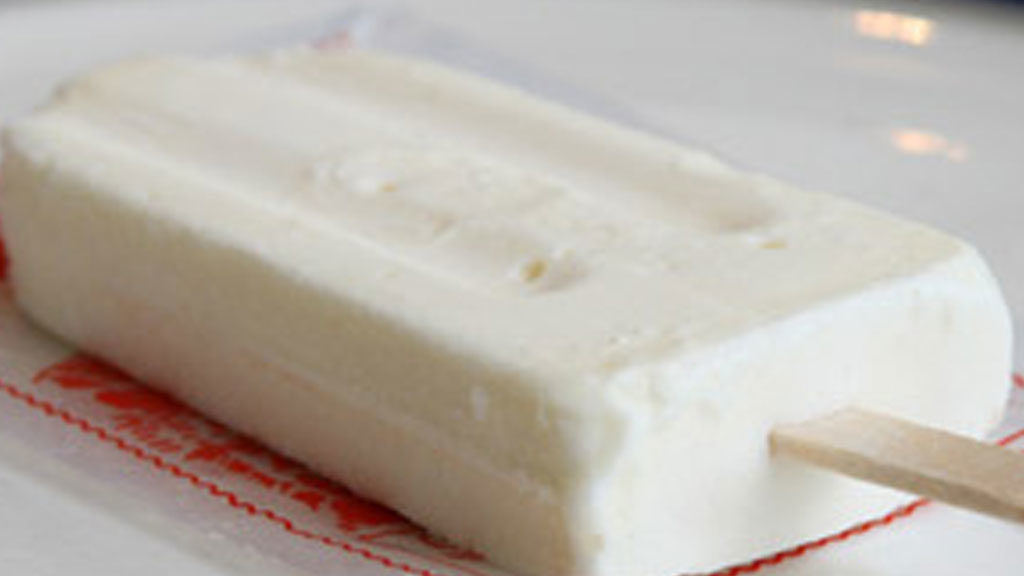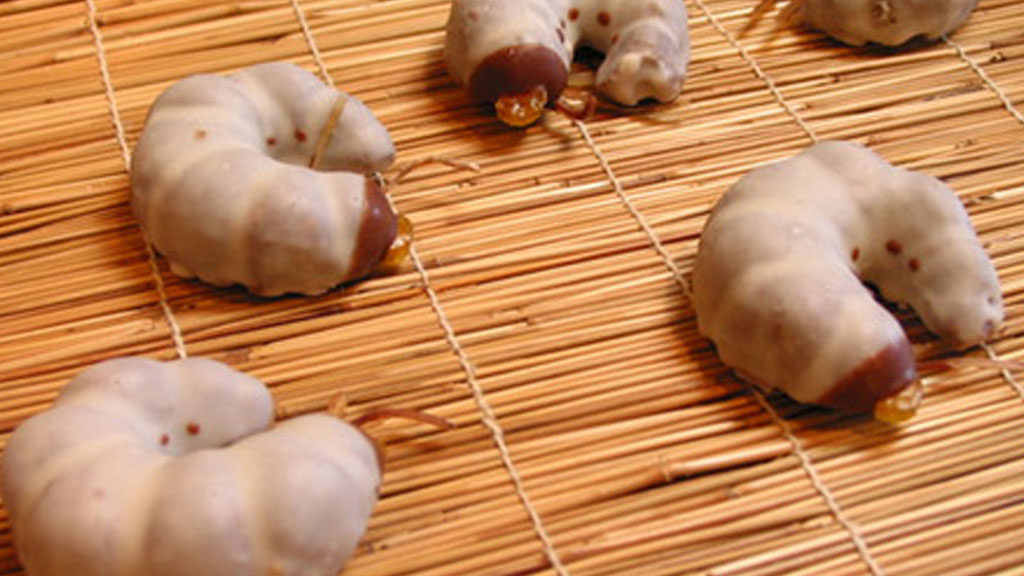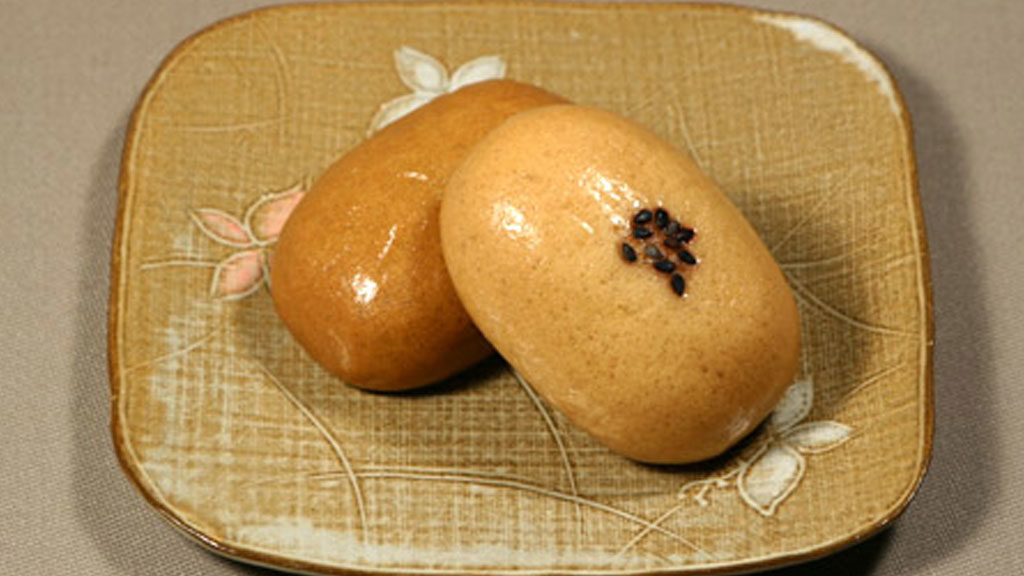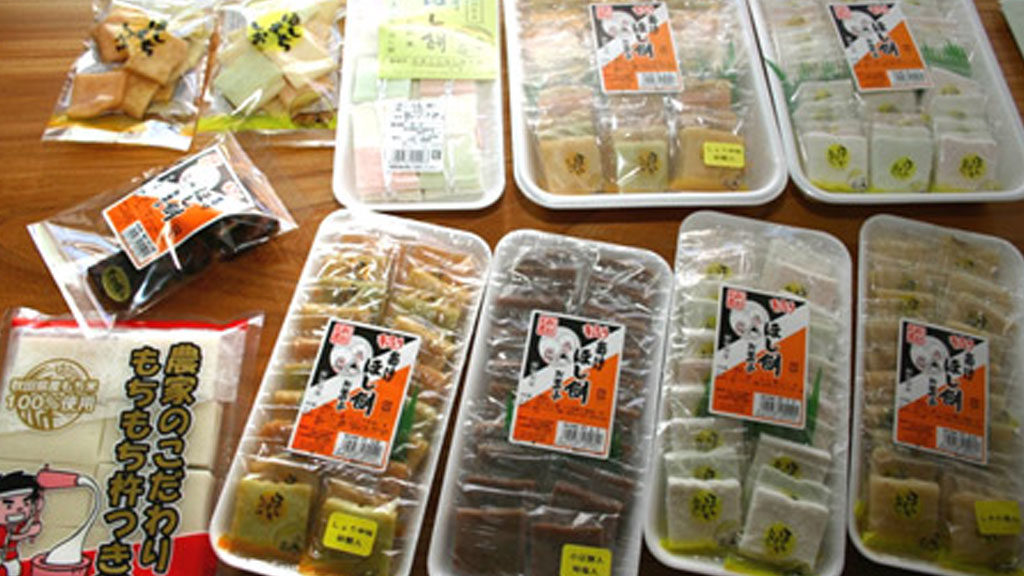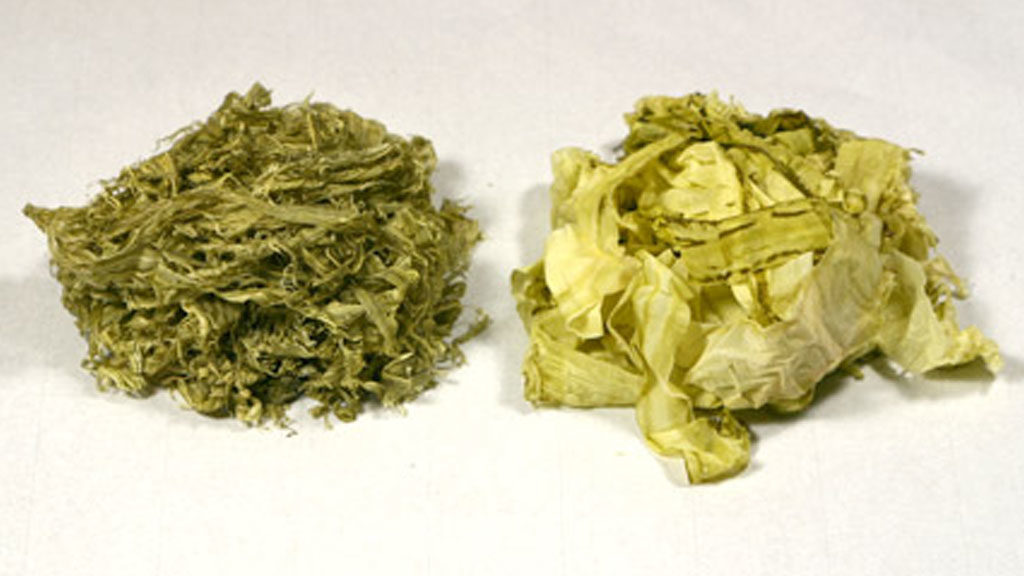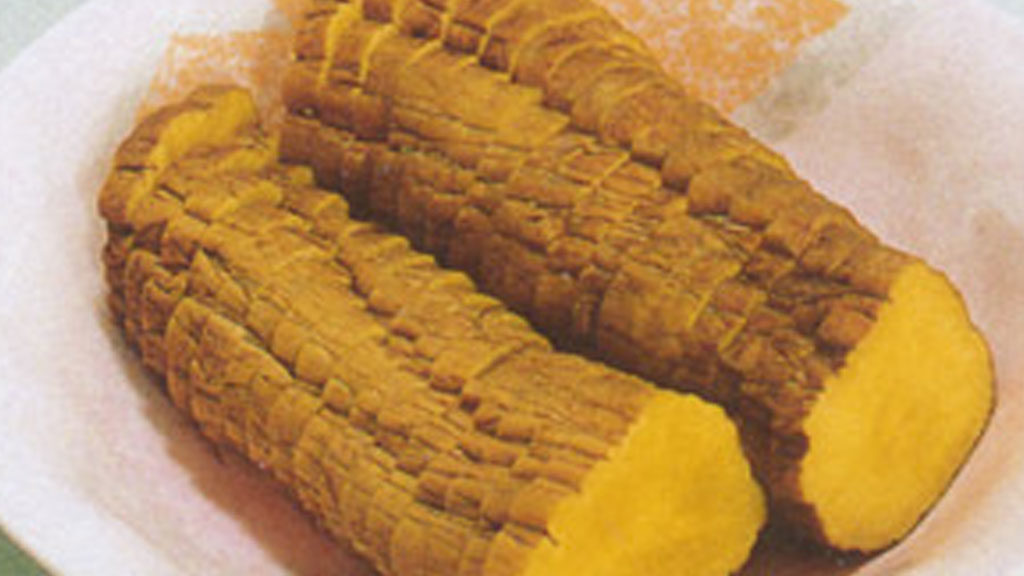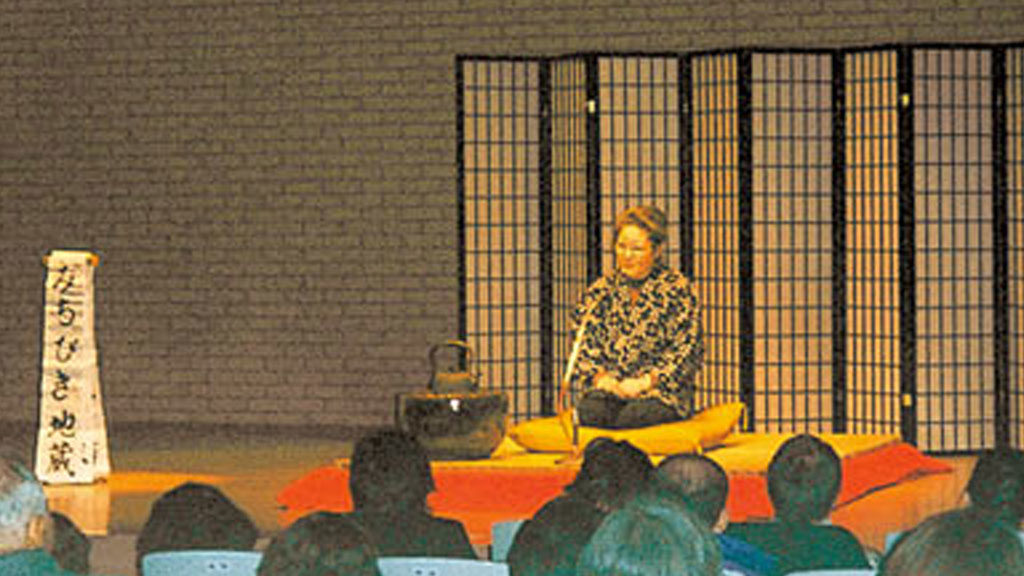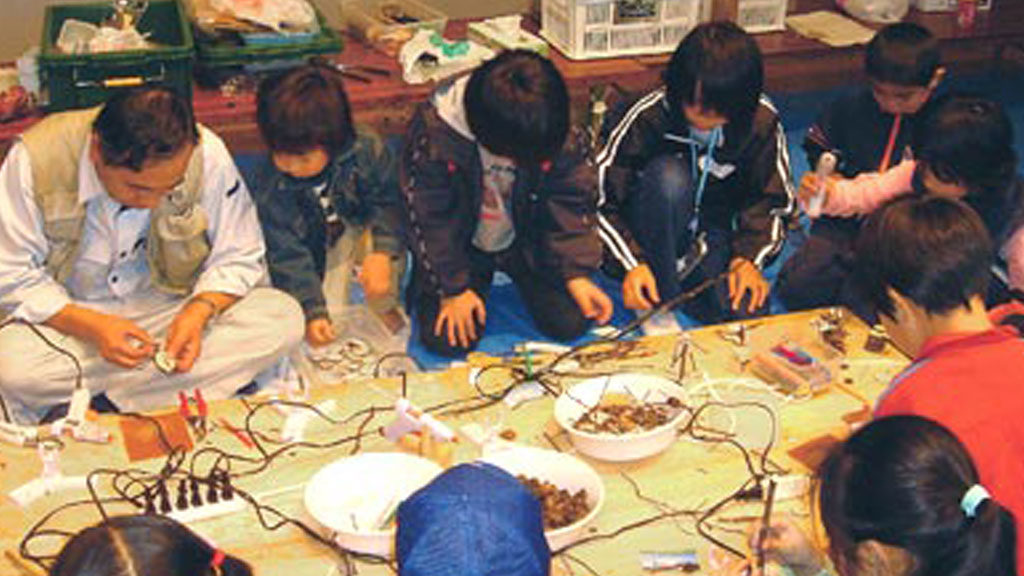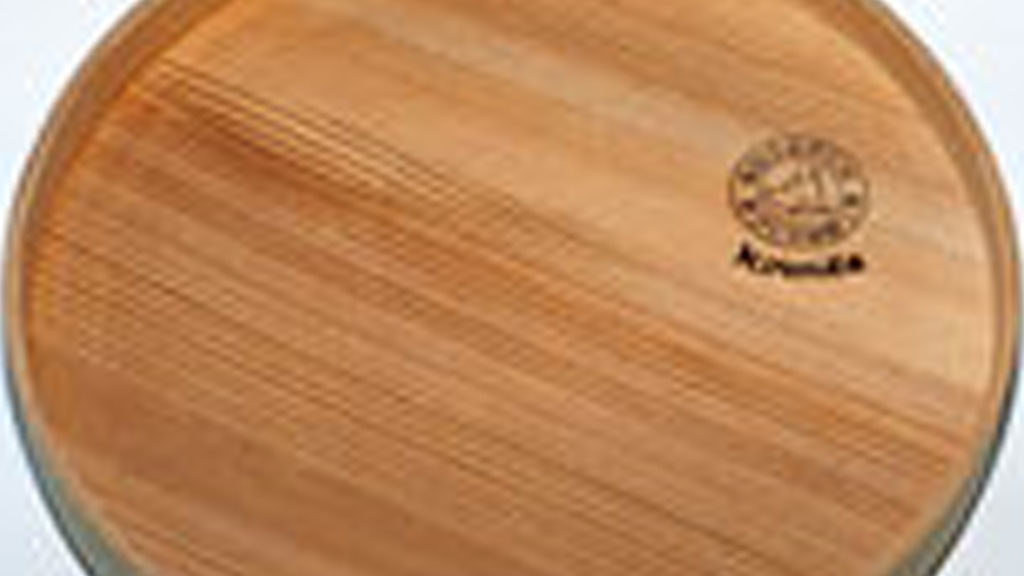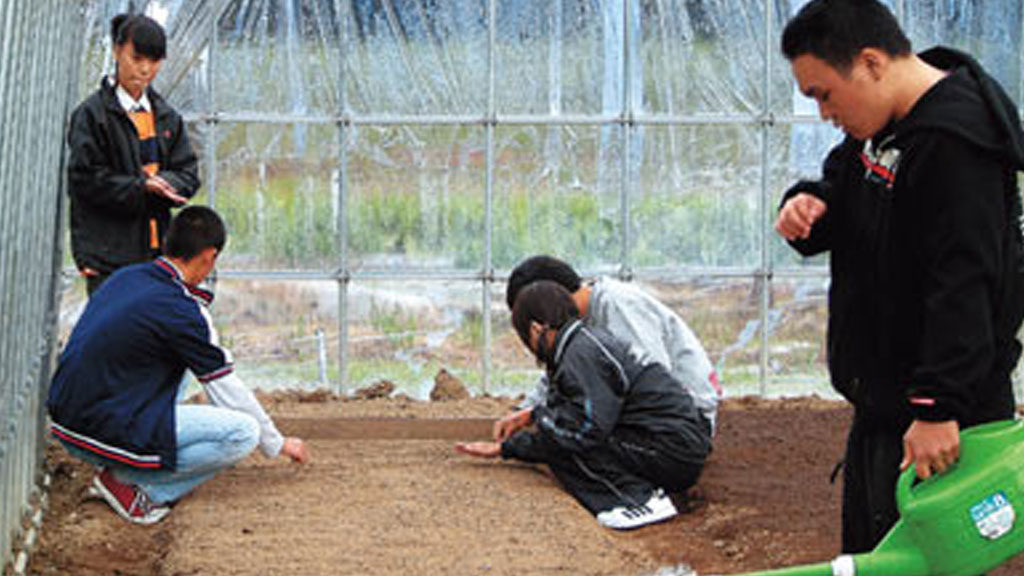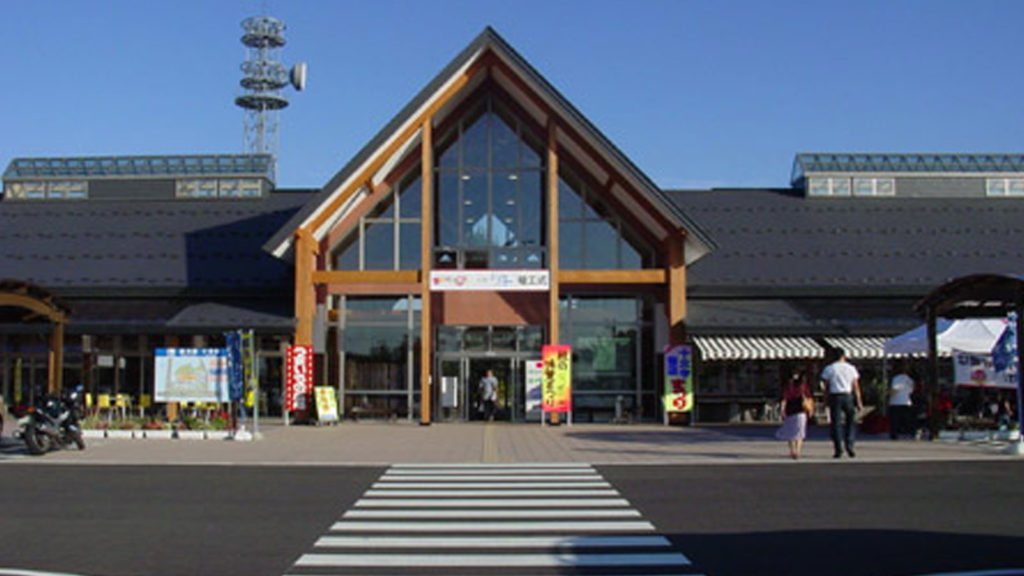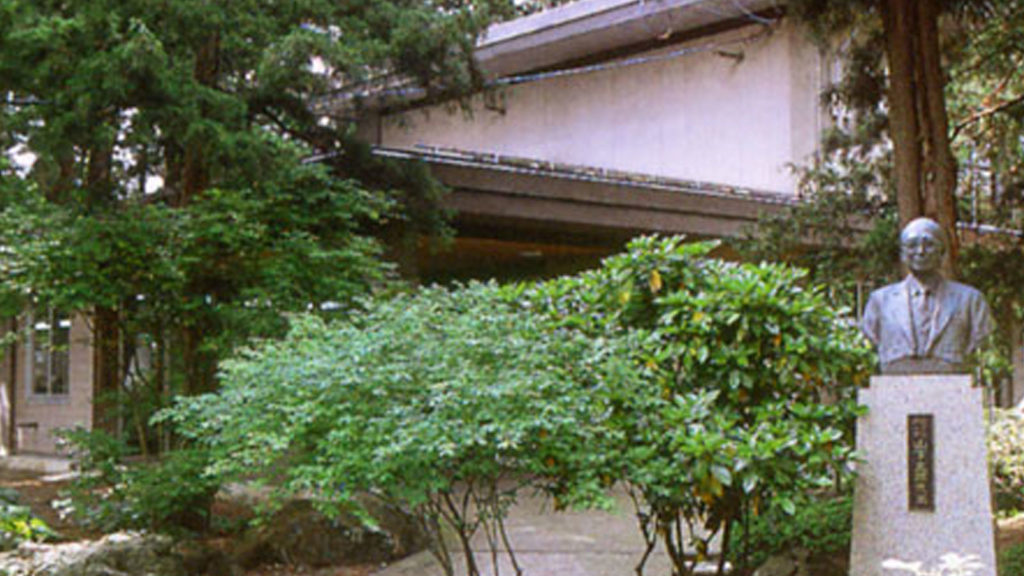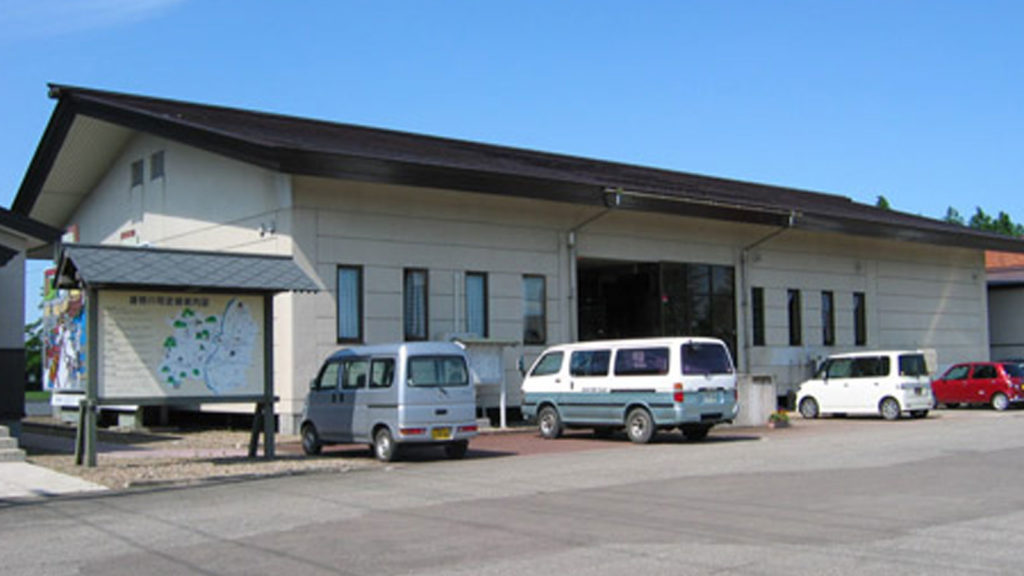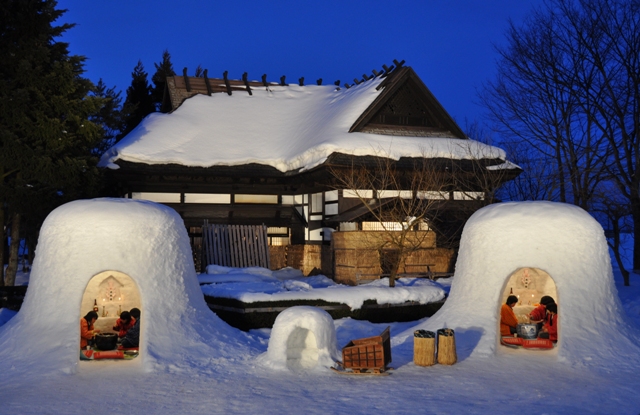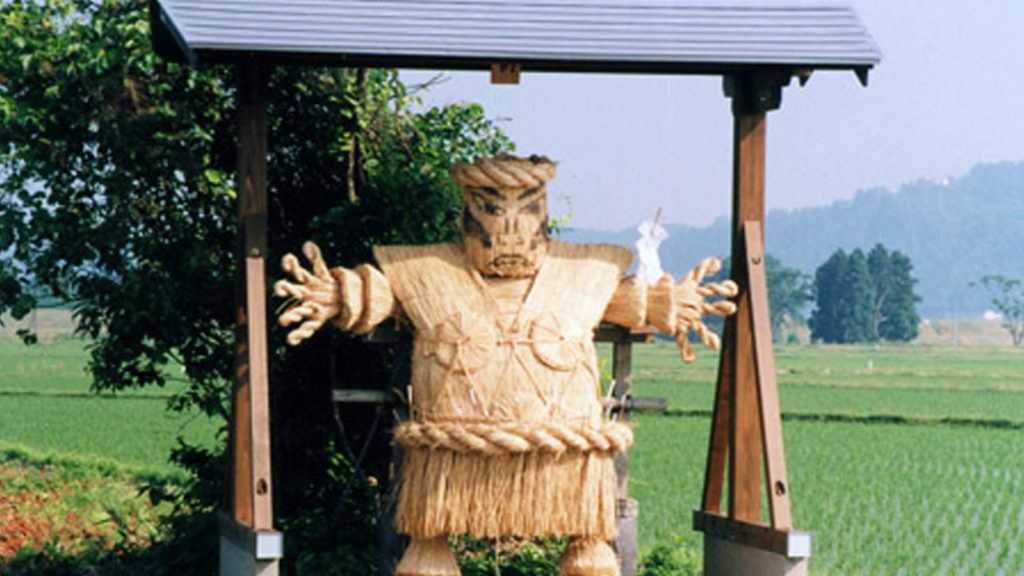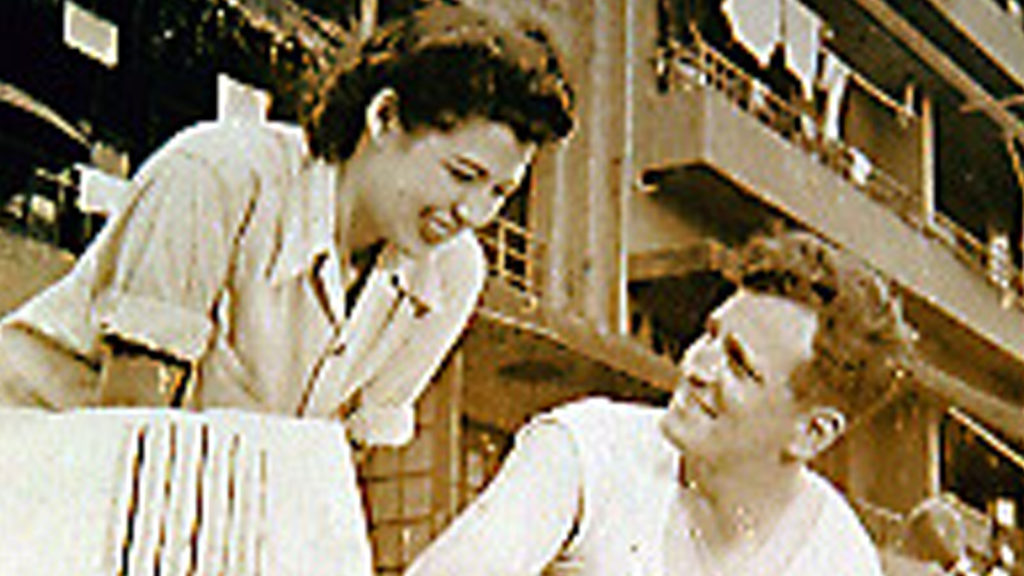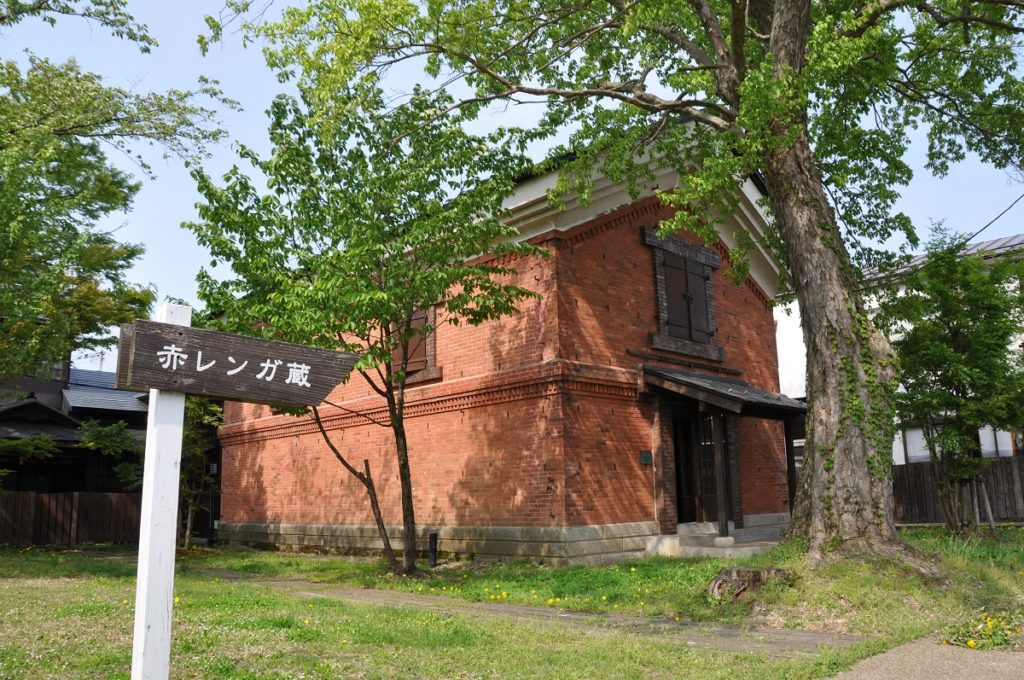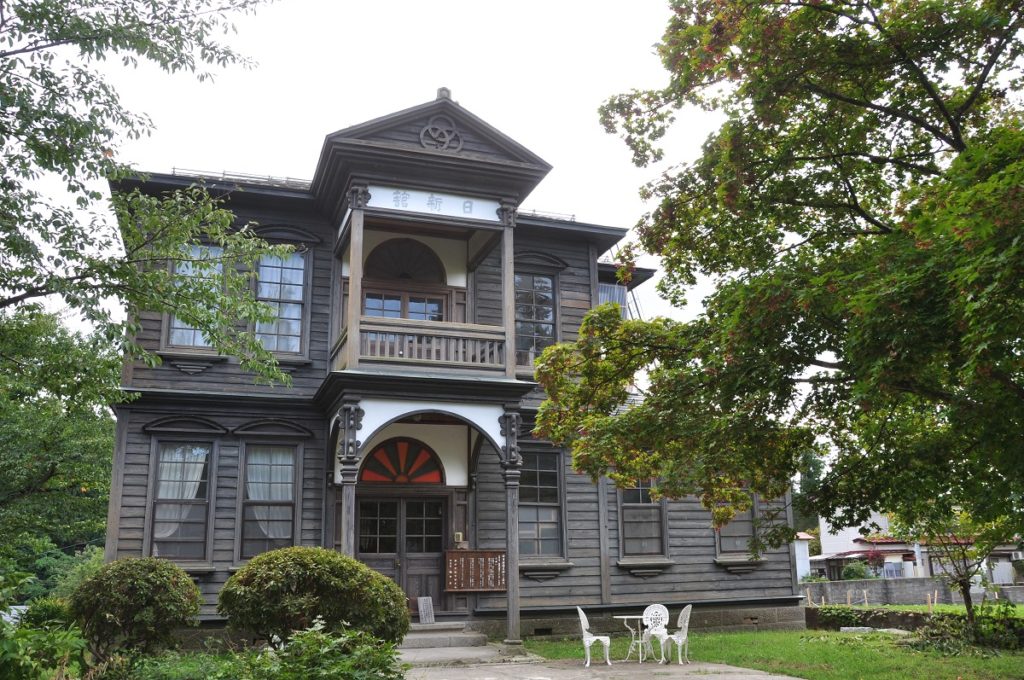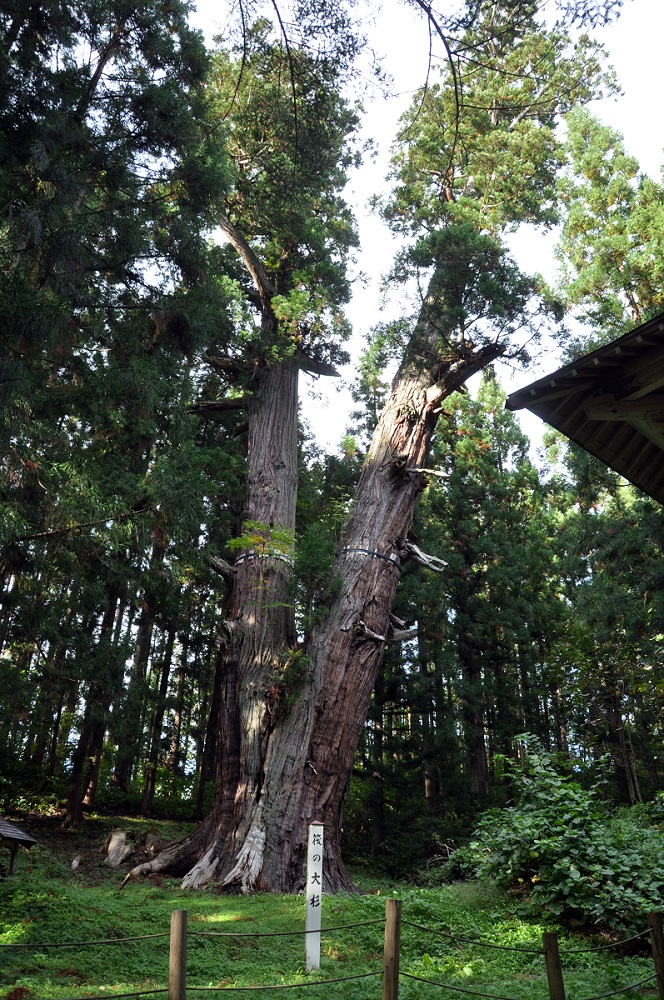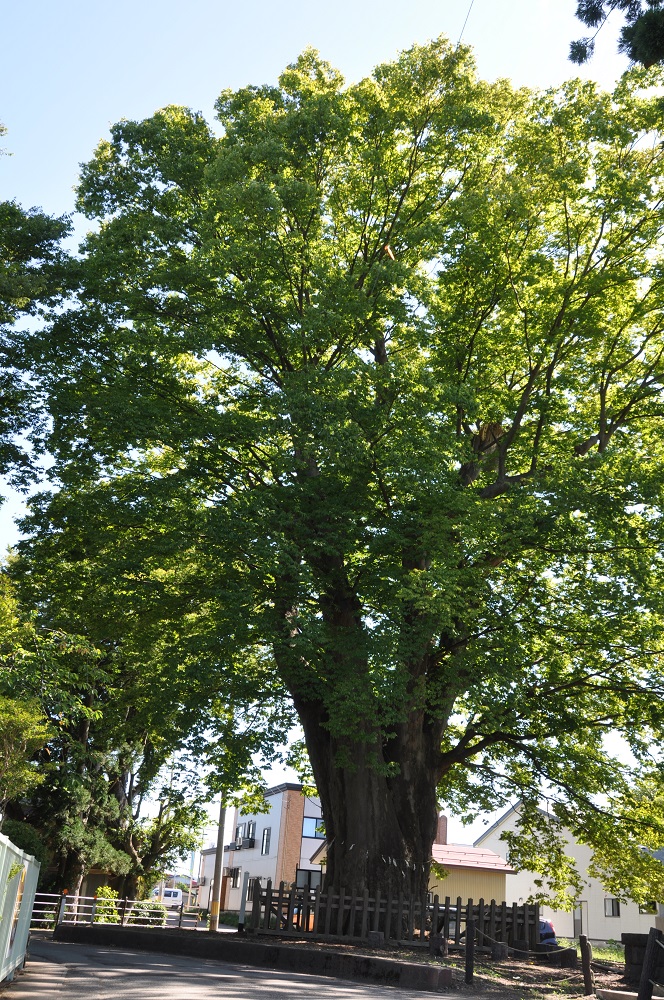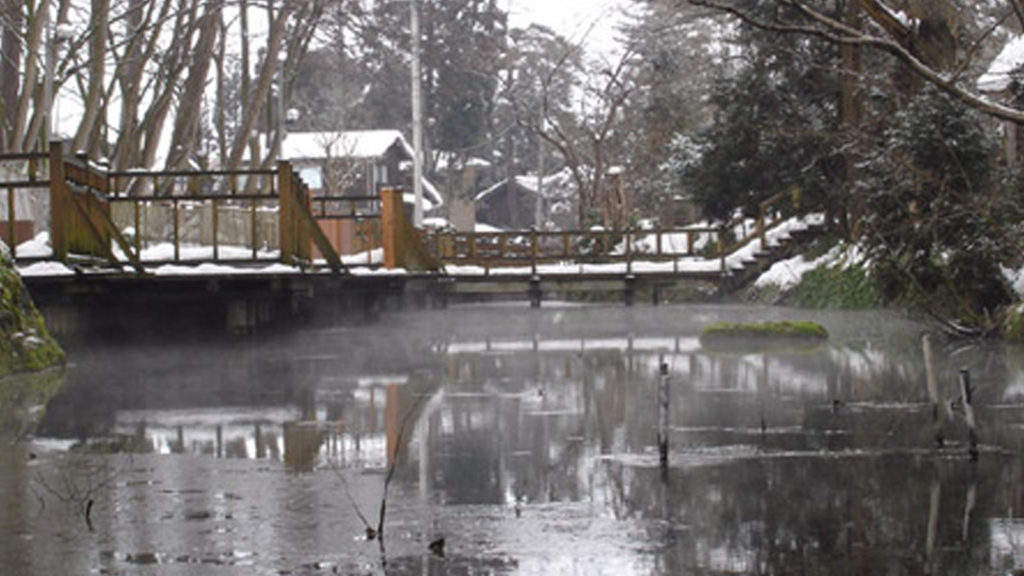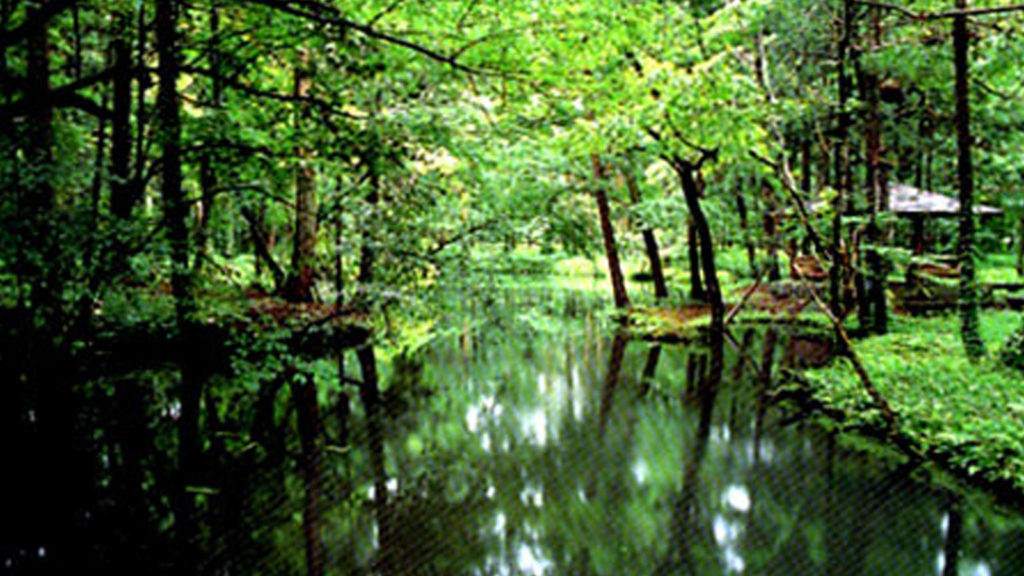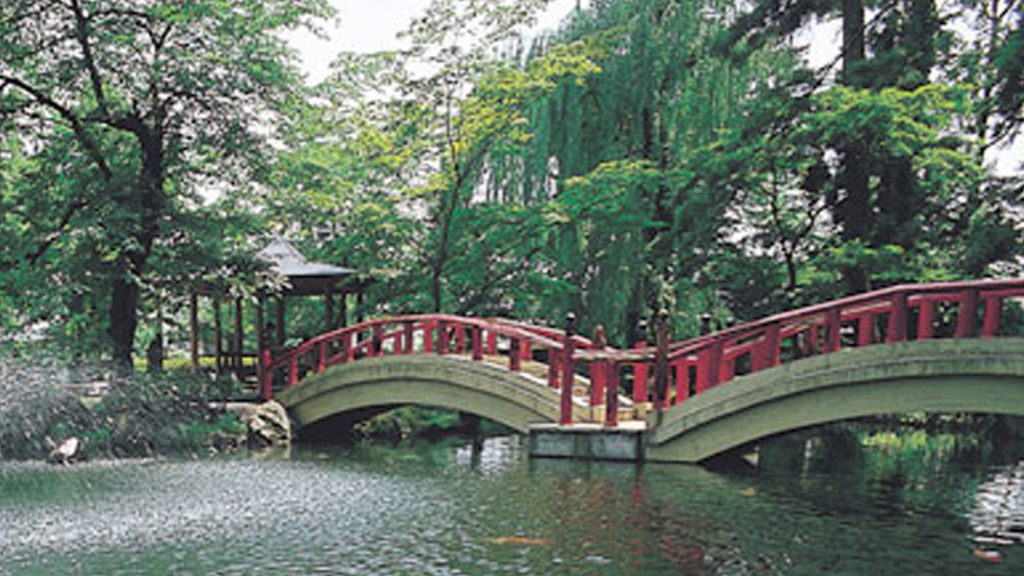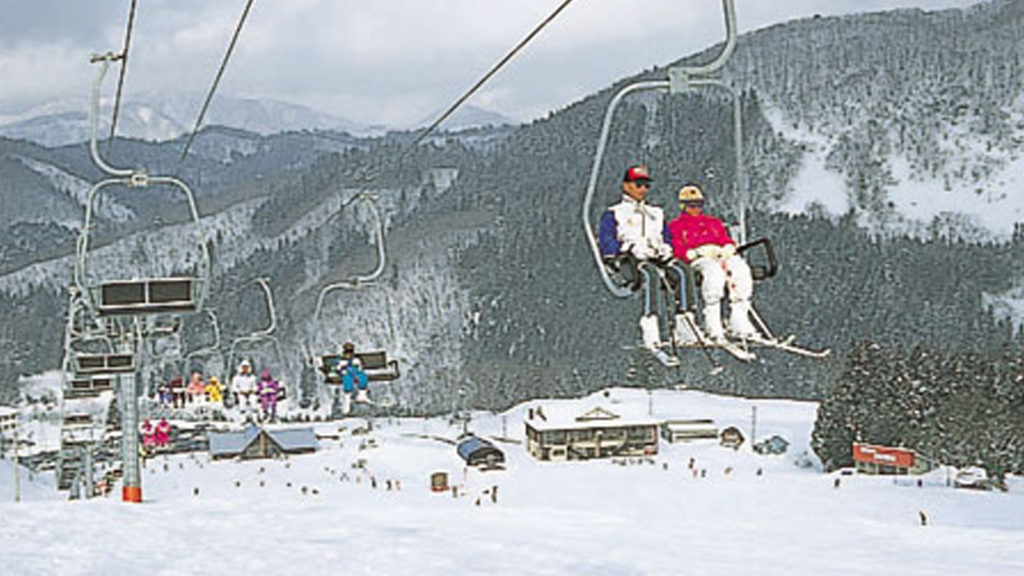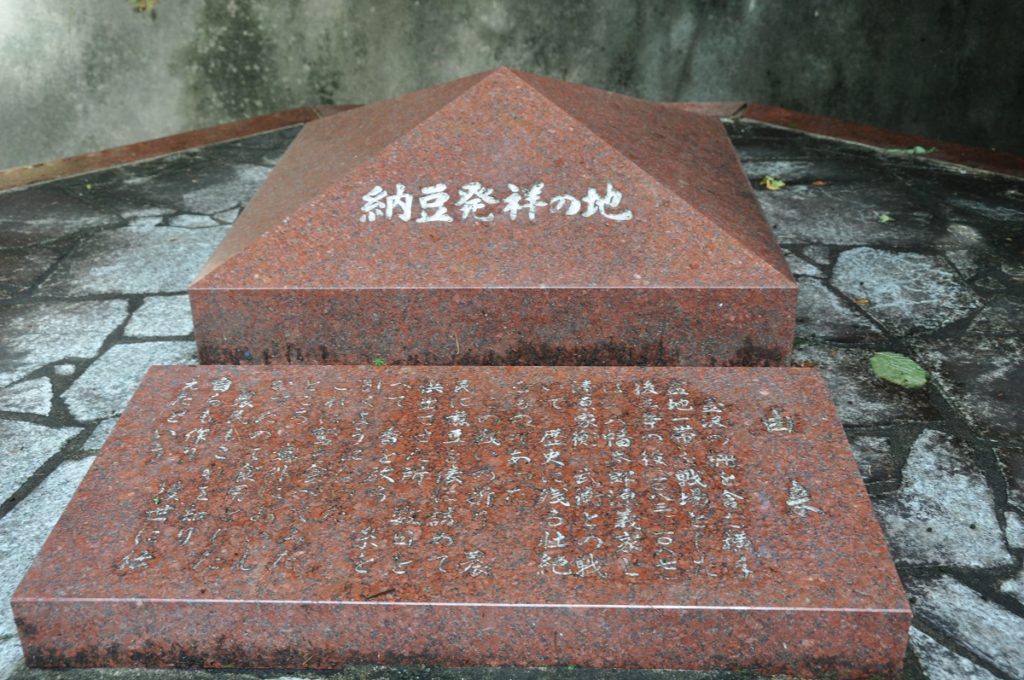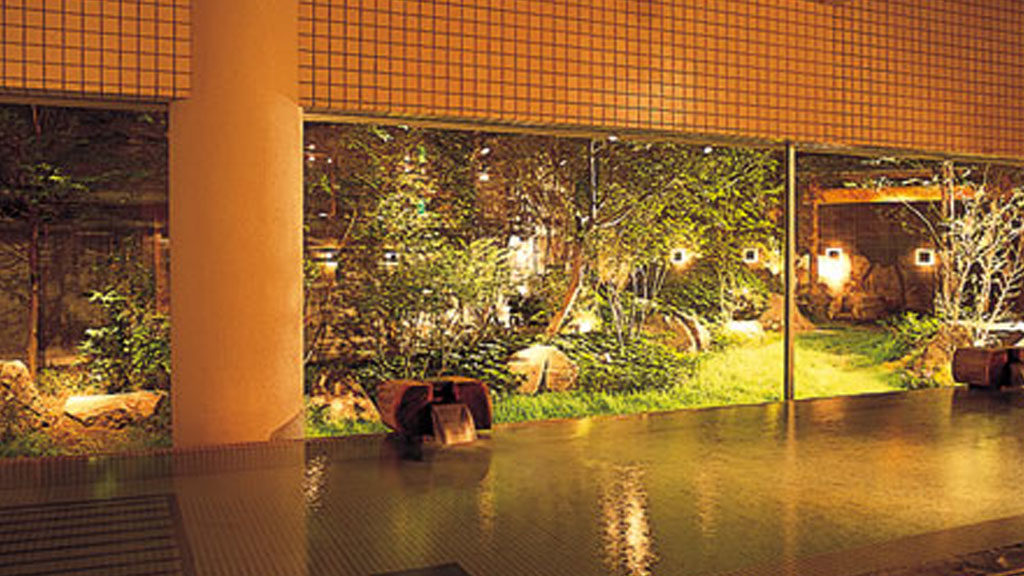Pick up! よこて
Pick up! よこて
Yokote park
In the park, spring is cherry blossoms, azaleas bloom in the middle of June to mid July. On the premises there is Yokote castle site built by Mr. Onodera in the mid 16th century, and the observation stand of the four-layer castle tower style built at Ninomaru ruins is a museum. From the top floor of the observation deck you can see the city area. The view of Chokai in particular is wonderful.
Masuda Manga Art Museum
It is the first full-scale art museum with the theme of “Manga” as the theme in the whole country. In addition to introducing the field work of Mr. Takao Yaguchi who is a proud manga artist (“Author of Fishing Kitty Sanpei”), he has a gallery exhibiting the history of manga culture and prominent manga artists from home and abroad, comic books, weekly You can also enjoy cartoon magazines and animation. In the special exhibition, you can enjoy “dream” and “joy” common to the genre “manga”, such as exchange between cartoonists and readers.
Built a town of Masuda
Yokote Masuda town, located in the southeastern part of Yokotebonchi,located in the Narusegawa a confluence of Kaizegawa tributaries Omono River, Masuda was very crowded as a distribution center of goods.
In addition to merchants,which was founded Masuda Bank in collaboration (the predecessor of the current Hokuto Bank) Masuda,Masuda hydroelectric company (power generation) and Masuda Ceramics company (pottery),companies such as shopping (miso soy sauce) Nagasaka also been established commercial has further intensified.
It is currently Naka became the stage, is Nanukamachi shopping street Avenue (seven days as medium).
Remaining many traditional streets and built to convey the prosperity of that time to now, we received the evaluation of a very high cultural value in 2013 December 27,the country of the conservation district of traditional buildings It was selected to.
Efforts continue to inheritance to future generations while maintaining the townscape and architecture and technology have been made.
Mato Park
Mato Park, which was landscaped as the Emperor Taisho Emperor’s commemorative event, shows beautiful appearance throughout the four seasons.
Tourists visiting as one of the prefecture’s premier cherry blossoms also have many field athletes, and in 1990 they were designated as “100 Sakura Campuses nationwide”.
Omonogawa Central Park
It is a spot where you can enjoy all seasons in the green and Sesaragi park where the boardwalk and waterway are going around the park, centering on the multipurpose plaza of lawn. Big wooden playthings are popular among children, a number of trees are planted in the garden, and several kinds of azaleas blossom and bloom in the season in the season.
Sweets Sucre
Sweets Sucre is a cute store opposite the general exchange promotion facility “Asakurakan” and has a white exterior with a red door. The store owner has loved making sweets since he was in elementary school and will become a pastry chef in the future! We realized the dream of opening a store in 2016.
The name Sucre means “sugar” in French. I want to make a shop that can be indispensable to everyone’s daily life like sugar, which is essential for making sweets! I put the wish.
When asked about the particulars of the store, it is natural to use good ingredients. Not to mention the taste, he told me that the important thing is the cuteness that looks like 1 point and the size that you will not get tired of eating every day.
Rogetsudo
7 minutes walk from Jumonji Station. The Sogetsudo, which has a big signboard of the famous “Shittori Manju”, was founded in the first year of the Showa era.
Under strict quality control by craftsmen, we offer Japanese confectionery using raw materials that match the type of confectionery to be manufactured and the season.
It seems that the name of the shop was given when the training was completed at the long-established store in Tokyo, where the first grandfather was trained, in Ryugetsu. Was done.
Nobuhiko Sato, the third generation of Sogetsu-do, says that it is still important in the shop name that carries the message “Do it in your hometown.”
Mr. Sato was originally unwilling to continue his family business, but his father broke his body and decided to take over the store after graduating from university.
At first, he was inattentive to his work, but said he changed after the birth of a child after marriage.
“I am thankful to my father who was watching over me, without denying what I did. I also want to make the child’s appearance and teachings my own,” he said.
European creative cuisine Bar Pasaporte
Recommend menu is include the famous roast beef and homemade aged meats. A spacious roaster booth allows the restaurant to be enjoyed with family and friends.
The meat is aged in the restaurant’s aging room, and the fibers are soft and tender, and the texture is such that the meat can be loosened even when eaten in thick slices. The meat has a rich flavor, and only salt is needed for seasoning.
Enjoy our specialty coffee on the terrace where you can feel the four seasons in Yokote.
Japanese Cuisine Hirari
Founded in the first year of Meiji.
A long-established store loved by many writers and poets for over a hundred years.
The first generation Hirataya Yoshizo, who was engaged in the indigo dyeing industry in the Edo period, opened as an inn and a restaurant for a merchant coming to buy.
Since 2004, it has changed its business format and became a restaurant.
Ingredients purchased directly from local farmers and livestock farmers are outstandingly fresh.
It is also one of the few shops in the prefecture where you can taste “”tanzaku beef.””
The Edo-mae Nihachi soba served with fragrant soup is a popular dish among locals.
A charcoal grill special store Kashiraya
It is a 10-minute walk from Yokote Station. Today I visit local shops where local people frequently visit “Charcoal grill special store” or something. Although they are yakitori ya, they use pork such as “kara” that is also not a poultry but a shop name (only Negima is a chicken). There are counters in the shop, small seat in the bedroom, table seats.
Japanese cuisine Hasegawa
Hasegawa, a Japanese restaurant opened in 2006.
“Kyofu Yuba Shumai” is offered daily on all courses.
The surimi of white fish is wrapped in yuba and steamed gently.
The refined flavor of yuba and the fluffy texture of Tonburi spread in your mouth.
There are ingredients to eat depending on the season, and I want you to feel the changing seasons.
That feeling is oozing from item to item.
Japanese cuisine Hirakatonbo
The owner, Yushi Terui, trained at Japanese restaurants in the Kanto and Kansai regions for about 13 years and set up a store in his hometown where he was born and raised.
We purchase fresh seafood with the personal connections we cultivated during the training period and can enjoy the best season anytime.
The menu is decided according to the fish and vegetables that arrive, and the contents of the kaiseki change every day.
Although it is an authentic Japanese restaurant, the price range is reasonable. We also have abundant sake, wine, shochu such as potatoes and wheat.
There is also an à la carte, so you can feel free to drop by.
Japanese cuisine Satonoya.
The “Satonoya Maego store” that continues from Yokosuka station in the first year of Heisei.
This restaurant, which has many customers from outside Akita Prefecture, values the food culture of Yokote and is particular about cooking using seasonal local ingredients.
We recommend the Akita specialty Kiritanpo Nabe.
Kiritanpo made from Akitakomachi in the Hiraka area of Yokote City, Hinai local chicken soup, and mountain food. This is the taste of Akita.
In addition, Akita Prefecture Yokote Beef Shabu-Shabu is popular all year round.
It’s a rare menu, so you should definitely try it when you receive it.
Mori no cafe Syana
A cafe with a calm and cozy atmosphere behind the road station. Opened in 2013.
A healthy menu that uses local ingredients and is gentle on the body is popular.
From spring 2016, it was renewed as “”Mori no Cafe”” where you can enjoy lunch and smoothies. Ingredients you usually eat, such as walnuts and cheese, are also medicinal dishes.
The concept of the store is to utilize the desire to eat delicious foods more deliciously.
Charcoal Grill Restaurant La Suminosuke
Suminosuke is located on the second and third floors of a brick-like retro building in front of Yokote Station.
The interior of the shop, which was remodeled from a coffee shop in the Showa era, has a particular interior. The specialty dishes are charcoal grill and teppanyaki.
Craft beer, frozen draft beer, and local sake that you can taste with savory skewers and beef tongue are exceptional.
For squeeze, in addition to “Teppanyaki Crab Fried Rice”, you can order “Inaniwa Chinese Soba” and “Shirogoma Dantanmen” that you can order after 22:30.
Syungetsu
It opened in Tanaka-cho, Yokote-shi in 2009 and moved to the site in front of Yokote Station West Exit Station in 2014.
Akita cedar is used abundantly in the building, which has a chic and modern atmosphere, and welcomes visitors to wrap it up gently.
He specializes in dishes that use seasonal ingredients and express the changing seasons.
The course is reasonably priced from 2,500 yen for lunch and 3,240 yen for evening.
We also have a wide selection of sake from both inside and outside the prefecture, and you can enjoy the sake comparison and feel the “Akita” spirit.
Yakiniku restaurant Yonezawatei.
A yakiniku restaurant directly managed by a butcher shop. You can taste carefully selected Japanese beef from inside and outside the prefecture.
Both the salt and the sauce have their own meat dishes, so first of all, I would like you to grill and eat them as they are.
It is a seasoning that maximizes the delicate sweetness of fat and the original umami of meat.
Craftsmen polish their own techniques such as how to cut meat and how to pickle it, and realize Wagyu Yakiniku unique to Yonezawa-tei.
In addition to the course, there is also a wide variety of single-course dishes, and “Wagyu Yakisuki” is a particularly popular dish, where you quickly roast Japanese beef and eat it with egg yolk.
Japanese gastropub Neo
“Neo” opened in August 2014.
A variety of gorgeous dishes that combine Japanese and French tastes.
There is a cage in one corner of the store, and the main character of the store, the Omar shrimp, is alive and waiting for its turn Live sashimi (half body 3,218 yen).
The recommended sake is the strong carbonated highball, the only one in Yokote City.
Also, if you like sake, you can’t miss 3 types of drinks (842 yen), which features rare Japanese sake with a focus on local brands.
and then eouropian style.
what ever.
Shabu-shabu Tongentei.
“A Shabu-shabu shop that focuses on providing Akita ingredients and local sake.
The pork used in the prefecture that is carefully selected does not produce a tinge and you can directly taste the umami of the meat.
The freshness of slicing fresh meat and serving it on the same day is attractive.
The pork is boiled quickly with the original soup made by adding soba sauce to fish stock.
In addition to this style of “Soba soup + Shabu-shabu” collagen soup is also available.”
Katsuki Yokote store.
Soft thick meat, crispy batter, and umami that chews and chews when chewed.
Material and craftsmanship shine.
A popular pork cutlet “Katsuki” Yokote store with its head office in Yurihonjo, Akita Prefecture.
We carefully select and use meat that is suitable for tonkatsu from the well-selected brand pigs.
The umami and softness that are carefully selected are the flavors of a specialty store.
Le cafe Printanier
French restaurant in front of JR Jumonji station. Imported high-grade ingredients such as foie gras and truffles.
Vegetables and fruits from Yokote and Yuzawa that are particular about pesticide-free and low pesticides.
The chef’s choice of course food offers taste and quality over price and elegant time.
At lunchtime, you can treat yourself as a one-plate lunch (1,620 yen) or truffle spaghetti (2,160 yen) or a luxurious lunch for a girls’ party.
Creative Dishes Kuribouzu
We have developed a menu of “Kuribouzu style” by incorporating various genre techniques based on Japanese cuisine and combining seasonings from each country.
“Today’s one dish” is popular for its daily menu, which uses plenty of seasonal ingredients.
In addition, we have a lot of local sake from both inside and outside the prefecture, and we have prepared brands that match the four seasons.
The “all-you-can-drink course (5,000 yen)” that comes with 5 dishes and allows you to drink and compare at a reasonable price is also popular.
Rinsendou( A store in the corner of Super Mall Lucky food court.)
Rinsendou has a store in the corner of Super Mall Lucky food court.
Since it is close to the head office factory, the noodles and soup delivered directly from the factory are of high quality as they are freshly made.
In addition to “Jumoji Ramen”, “Hinai-dori Ramen” which won the Monde Selection Gold Award, Rinsendou continues to produce various deliciousness.
The taste is highly evaluated not only in the prefecture but also all over the world.
Yusyouken
Yokote Station West Exit Soba This is the winning eaves located in the Yokote Municipal Market, and the name “”Fuji Ramen”” inspired by the Jiro family is mentioned along with the special menu “”Mori Soba””.
One bowl of bean sprouts piled up high. Also, the tonkotsu-based soy sauce soup with plenty of back fat is super thick.
Char siu like simmered boiled soup is soft.
The taste changes when you enjoy it while melting the chopped garlic.
Sankakusobaya
“Jumoji Chinese buckwheat noodles” that have been protected since the establishment in 1950. Highly transparent and clear soup with broth and soy sauce. Based on roasted dried fish from Mutsu Bay, Aomori Prefecture, a blend of carefully selected seafood-based ingredients for a light Japanese taste. The noodles are thin handmade noodles that have been aged at low temperature for one week. The true taste that is tried because it has a simple taste. With a bite, you’ll feel why you’ve been loved for many years.
Hokkaiya
Among the many menus, the most popular one is “vinegared noodles”.
A bright red soup made by adding two kinds of chili oil and vinegar that add spiciness and redness to a specially made clear water soup that combines chicken gala, genkotsu, and vegetables.
Contrary to the spicy appearance, the food goes to a perfect balance of refreshing acidity and spiciness.
Egg binding with several types of ingredients such as bamboo shoots and jellyfish that have a good texture has a great volume.
It is open until 2:00 pm at night, and many regular customers go there as ramen.
Fukuryu
A long-established restaurant established in 1969.
Among the many menus such as noodles, rice, and single dishes, “”Yotete Yakisoba,”” which is synonymous with the store, is often visited from outside the prefecture.
All the noodles used in Fukuryu such as Yokote Yakisoba and ramen are homemade. “Chuka soba” is a thin noodle with a smooth throat and firmness.
Homemade is made by Kazuo Ito, the owner who keeps the taste of Fukuryu.
A cup of soothing scent should soak into your body and mind.
Chinese cuisine Kouryuu
A Chinese restaurant founded in 1977.
At the beginning of the store, only Chinese food was served, but with the addition of set meals and bowls, it has a good reputation for its abundant menu.
There are 19 types of ramen alone. Among them, “”Koryu Ramen”” is a signboard menu that uses original Kouryu soup.
The soy sauce-based soup with garlic is served with finely chopped shrimp and bamboo shoots, and finished in an sauce.
Enjoy the flavor of garlic and the mellow soup of beaten eggs, and the last drop is hot.
Chinese cuisine&Izakaya Miran
Miran, located across from Jumonji Road Station, is an authentic Chinese restaurant run by a Chinese owner.
“Vegetable mapo ramen” is popular with regular customers.
The bright red soup, which is made from ground bean noodle soy sauce and soybean plate soy sauce with minced meat, has a refreshing spiciness and sweetness of miso that doesn’t leave behind.
The spiciness is so addictive that some customers order additional rice after eating noodles.
People who are fascinated by the authentic taste of China still visit the shop today.
Chinese noodle Hachibei
Opened a ramen shop in April 2018.
Koichi Tomokiya, the owner, has a unique career as a representative of a former automobile maintenance plant.
The menu is a one-point match only for “”Chuka Soba””. The original soup, which is based on whole chicken, has dried seaweed, chin, bonito, mackerel, and other seafood knots that shine golden.
The instant you ate it, the richness of the chicken spreads out, and afterwards a dish with a refreshing taste and aroma that is savory.
Charcoal Grill Restaurant La Suminosuke
Charcoal grill and teppanyaki are the main stores that sell Kirishima herb chicken from Miyazaki prefecture.
“Inaniwa Chinese noodles,” which uses Inaniwa udon noodles, is a Chinese noodle that combines traditional techniques and challenges. You can enjoy the straight thin noodles and smooth sushi even in Chinese noodles.
Adding a little thick soy sauce-flavored chicken gala-based soup with the chicken oil that is produced when making homemade yakitori sauce will give a rich flavor to the noodles.
A cup that has been indispensable for shime since its opening.
Omori hanten
A long-established restaurant with 60 years of history.
You can enjoy not only noodles but also more than 80 dishes such as set meals, bowls and set menus.
The overall finish is light and popular with female customers. “Gokumeka” is a special Chinese sauce that is fried with 7 kinds of ingredients such as pork and vegetables, and soaked in soy sauce. You can enjoy the richness of both.
The most popular restaurant is the ramen set, which is a combination of soy-based Chinese buckwheat and half fried rice. It is the owner’s recommended menu.
Bushiya Katsura
A safe and secure ramen that does not use additives, with the scent of fish dashi tickling your nose.
“Bushi Dashi Ramen” is a seafood soup prepared by draining kelp and dried sardines from the day before and boiling several types of kushi to an appropriate temperature.
Noodles are homemade noodles made by blending whole grains. You can directly enjoy the flavor of wheat.
For those who like a lot of fat, we recommend “Kushibetsu Ramen,” which is topped with silk pork backfat from Hiraka-cho, Yokote City.
Anraku cafeteria
An easy dining hall that opened in 1972.
It’s a popular restaurant for yakiniku rice, which is made with homemade sausage.
The signboard ramen is “easy ramen,” which is a soup that contains umami of animal and savory flavors and is seasoned with sesame oil.
It’s soy sauce flavor, but the sweetness of stir-fried vegetables and the umami of pork melt into the soup, giving it a mellow taste.
“Chilled Chinese noodles” and “cold ramen” are a must-eat for summer only, with many customers waiting for them every year.
Ramen Fujitaya
80% of the menu at Fujidaya is miso ramen.
Five kinds of miso are blended together with the animal soup of black pork and chicken.
Using the old-fashioned stubby bowl, the noodles are 170 grams and the soup is a large volume of 400cc. Char siu uses black pigs ordered from Gunma prefecture.
You can enjoy a solid flesh. Each ramen is covered with soy malt oil to prevent heat from escaping.
It is Fujitaya’s style that you can keep hot.
Ramen Gale
A popular store that continues to increase fans for soup created by careful work.
Tofu bones, chicken bones, maple, and seasoned vegetables are added to the soup, which is cooked for 20 hours or more.
Flat noodles are used for ramen.
One of our specialties is char siu, which is full of delicious meat.
You can enjoy the change in taste by adding the scent with fish oil that uses two types of dried sardines, and the long onion toppings.
Ramen Henokappa
Easy access from JR Yokote station. Yokote fried noodles and set meals are also loved by office workers and locals. The signature menu is “Henokappa special ramen (dry miso)”.
The taste is so addictive that there are even customers who drink it up.
The thick, mochi-mochi noodles are also satisfying to eat, and their satisfaction after eating is high.
When you finish eating noodles, it is delicious to add rice after eating.
“Raijin Gyoza” is recommended as a side dish.
Thick broth ramen SOMA
A popular store that is loved by the locals so that there are many customers who line up in front of the store even before opening in the afternoon.
Not to mention the signboard menu, “Thick broth ramen” with the store name.
First-time visitors may be shocked by the strong scent of pork bones and the thick oil film covering the surface.
However, it’s thick but not pungent, and it has a rich taste based on soy sauce with pork bones and seafood.
The noodles are finer than straight ones and go well with soup.
Adult healing lodging PLAZA ANNEX
3 minutes walk from Yokote Station, 5 minutes by car from Yokote Inter and good accommodation accommodation.
When arriving at the front desk, the smell of coffee from the adjacent “caffe gita” ….
After checking in and entering the room, there is a big sofa, sitting there and a relieved breath. There is a private room outdoor bath in the back of the room, you can spend your own relaxing time.
Exchange center Yupple
You can enjoy natural hot springs in spacious bathrooms while watching the apple orchard, rural scenery, far away Chokaiyama.
Hiraka district / foot of Mt. Jinpean / hot spring equipped / day trip bathing allowed
Western-style room 0 room / Japanese-style room 9 room / capacity 36 people
Sweets Friendoll
Candy’s Furendoru is a cute shop located in the immediate vicinity of Mr. Hiraka Region Promotion Bureau, which has traveled straight from the east exit of Yokote Station by a straight road for 5 minutes. It is not along the road, so you have to be careful. There are six parking spaces in front of the shop. There is a parking lot of the shop in the immediate vicinity.
Pickles
Pickled vegetables are pickled with salt and koji, which is a food culture that nurtured climate climate. It is one of the pleasures that the taste is different for each family.The Asahama Women’s Pickling Research Institute uses safe and secure materials and sends out the taste of the mother-of-war as the “country pickled in Akita” nationwide.
Akita Furusato village traditional crafts
You can experience bending Wakaba, Cherry Blossom Work, Bamboo Crafts, Kokeshi Painting, Lacquer Crafts, Silverwork. In case of more than 10 people, please make a reservation in advance as there are arrangements for materials etc. Please do not hesitate to consult about the number of people and time setting etc. Time is approximate travel time. Please join us with some margin.
Sannai Roadside station
It is a wooden building and a street with wood scent. It is also used as a place to heal the tiredness of the drive. There is a warehouse “wood incense” which can also experience the woodworking experience, a workshop of ceramics “Yamanouchi”, which has a direct shopping center for fresh produce and a restaurant where local ingredients can be enjoyed.
Jyumonji Roadside station Mamederaga
There are restaurants, agricultural products direct selling places, shops, exchanges / intermission halls, information offering corners, and so on. We sell agricultural products and local specialties that we gathered locally at agricultural direct sales places. In the restaurant you can also enjoy cross-shaped noodles, yokote yakisoba and so on.
Jyujikan Historical Data Exhibition Room
Focusing on the development of agriculture and the transportation network, it collects and displays historical materials related to the traditional signposts and the improvement of the Kaida / farmland which are the cornerstone of the origin of the old cross-shaped town.
Yamashita Memorial Hall
Taro Yamashita, who was told in the world later as “King Oil King Arabia” embraced ambition in the drilling of oil and achieved the petition of the oil kingdom without giving way to competition with the world’s huge capital. The accomplishment has been touted in detail at Yamashita Memorial Hall. “Mr. Yamashita Taro Akira Kaikai” founded by Mrs. Fumiko Watanabe who inherits this great wisdom continues to train personnel through a system of education.
Omonogawa Regional Museum of Architecture
A special exhibition will be held with a period of time at the museum that is exhibiting throughout history, archeology, art, folklore and nature. In the permanent exhibition room, for the history from the Paleolithic Age to the present age, the pottery and stoneware excavated from the city remains is exhibited by age, and the data on the Yokado Line railway which is now a waste line is also displayed We are exhibiting.
Omonogawa Kidogoro village
Four houses of the roof of the Taisho era were relocated and restored from Edo, and we will inform you of the outcome of the seasons in nature. Each private house can also be used for various events, conferences, banquets, etc. Please try to immerse in the space of warmth that passed 300 years
Kedani Jizo
In the Jizo park in the west of Ayumi Honmura Village, “Kedani Jizo” which is far beyond life is enshrined. It was set up by Taga Zenbei (1853 – 1916) who was married to those who died of tsugamushi disease, praying that Tsugaru insect disease should disappear and was a boatman of the Yamagawa river, and every year in July The festival is full of votive sumo wrestling.
Yakujin Sama
It is said that the goddess of the straw doll stands at the village boundary, watching the plague and goddess not to enter the village. In early June when the rice plants ended, a troubleshooting will be done to rebuild the troubles of Fujimaki Village (Mr. Kashima). After the young people take over the straw doll of about 100 kilos which was newly made each year on the shoulder, after walking around the village, I will rebuild the goddess and pray for disease-free illness.
A lot of signposts
The intersection before crossing the cross was a field mainly of pine trees long ago. People lost their way and this was made a fox or a raccoon. For that reason, Masuda Temple 14 Masuzenji Masuda inscribed the word “Asa Mai Tadashi Masa Asa Mai is behind Yuzawa Right to the left of Yuzawa left” as a signpost that knows the direction and the place name. Currently, the signposts are on display at the Cross Hall Historical Data Exhibition Room. There is a replica statue in front of the JR Cross Station, and a monument is built in the intersection in front of the station.
Koubezuka Shrine
When Sakagami Dumauma buried the head of the warrior at the time of Toyi conquest, he was named Mukuzuka. Thereafter it is reported that Yahata Taro Yoshiie buried the enemy ally and grade 890 who was killed in the battle of the last three years in this mound. The stone of the human head excavated from this mound is settled in the shrine, and worshiping it is believed as a shrine shrine with a spirit of spirit in various diseases of the head and improvement of academic ability.
Fort of swamp
It is a place that can be told as “fencing of a swamp” where Kiyohara Kazuho lost Genjie in the historically famous “Battle of the Three Years (Role)” that occurred at the end of the Heian period. A natural fortress that surrounded the surroundings, swamps, and refused to attack those who are swamps, rivers, and wetlands is just an impregnable Mizuki. The scale is said to be about 400 hectares, and the surrounding topography tells its history
Shogun gate
During the Han dynasty, Kansei 7 years (1795) County was placed in Akita Rokugo, and its office building was referred to as “a manor.” The county magistrate · Imaizumi Sanemon who arrived at the Asahama Officer has rebuilt the executive branch in Kansei 11 years (1799), and the existing gate is regarded as construction at this time. It was destroyed in the first Meiji era and only the gate remained. Originally facing east gate has been moved to the south facing south.
Collection of red bricks
The red brick warehouse is a building of the same period as the former Akita Bank head office (present red brick regional museum, national literary text) famous as a brick building in the prefecture. Toshiba 2 floor construction, iron plate roofing, construction area 67 square meters. It is a construction in 18th year, and it is remodeling in the late Meiji era.
Old Nisshinkan
The former Nichininkan was built as a residence of Charles · C · Chanpuri, an American who had been appointed as an English teacher of the former government Yokote Middle School (now Yokote Highschool) in 1902 by Kamezaka Kamezaki, and the master of the carpenter It is reported as Fujimura Hatsugoro.
The Big Cedar of Ikada
It is located in the precincts of Hiezan Shrine in the Yamauchi Raiba district, 43 meters in height, 12 meters in the periphery of the root, the age is said to be about 1,000 years. It is certified as a giant tree of the whole prefecture. Prefecture designation, natural treasure.
Omori Park
Omori Park, Okamori Park where Otsumi Onodera says Sengoku warrior Omori Goro fighting the Omori battle is a cherry blossoming spot called also Yoshino mountain in Tohoku. In the spring, over 1,000 cherry blossoms are blooming and it is one of the 30 scenes of Akita. Views you wish from Honmaru are exceptional with a fine view.
Biwa swamp
Hiraka-machi is dotted with numerous spring water. Among them, the Biwa swamp in the center of Asahama originates from numerous spring water. Masumi Sugae talks about Biwa Shimizu (Biwa Numazuma) in the “Sawa no mae”. According to it, it seems that it was named Biwa Shimizu because the shape of the swamp is just like a biwa. Also at that time (1825) seems to have been called Fujinuma.
Shirafujishimizu Nature Park
It is a park that made the best of natural spring water. There are walking streets and east shops in the park and it is suitable for forest bathing. In addition, the heather swamp in the park lives in the spring water in the clear flow, it is said to inhabit only the clear flow, swallowtail, funa, loach, lobster, etc. It lives and is familiar as a place to relax and as a summer resort It is.
Asamai Park
The beginning of the park is August, 1800 when Ise Masememon purchased the land that was in contact with Yahata Shrine Shrine premises, cut down forests and set plums, pines, cherry blossoms etc in the garden. After that, it has been expanded and renovated several times and it has become the current scale.
Peaceful wind bird park
It is a historical park spreading on the banks of the Nishinuma, the old battlefield of the battle (role) of the later three years which is famous for “disturbance of gooey”. Bronze statues, reliefs, etc. of the warlords of the main players of the battle will drive visitors to the age of peace. The goose bridge over the swamp (Karijikabakashi) shines beautifully on the surface of the water.
No events were found under the specified conditions.






